Shelf Life

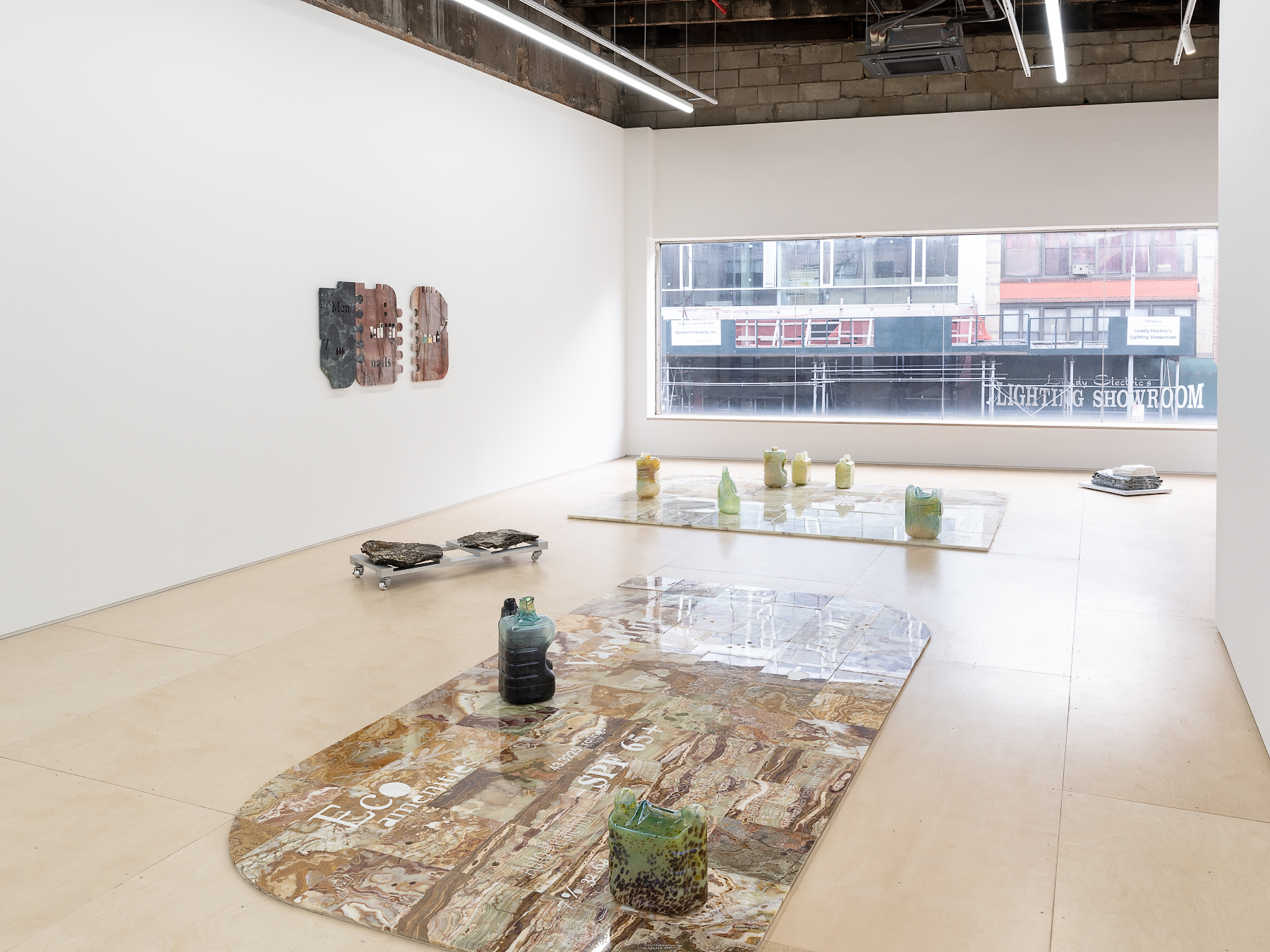
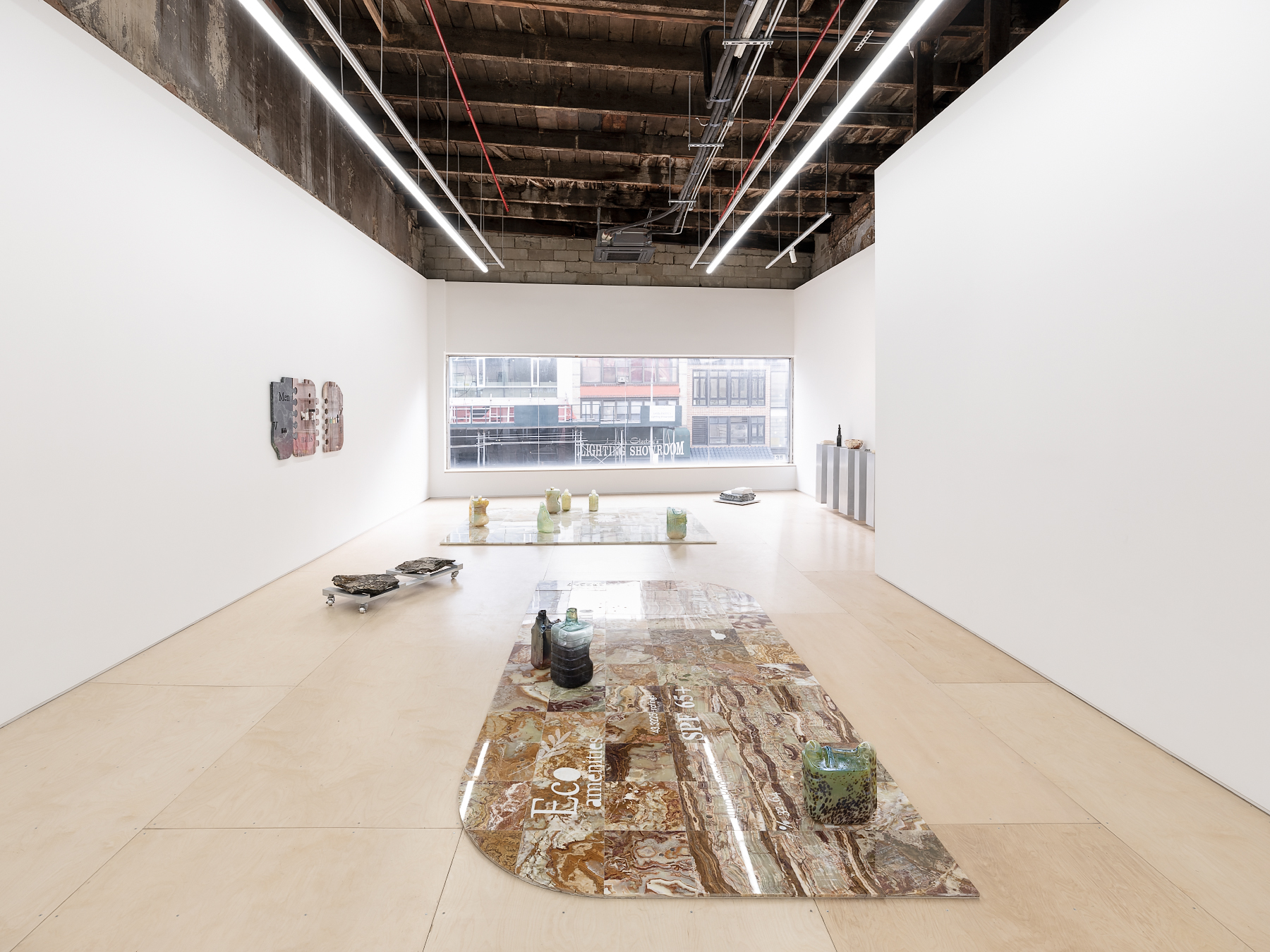
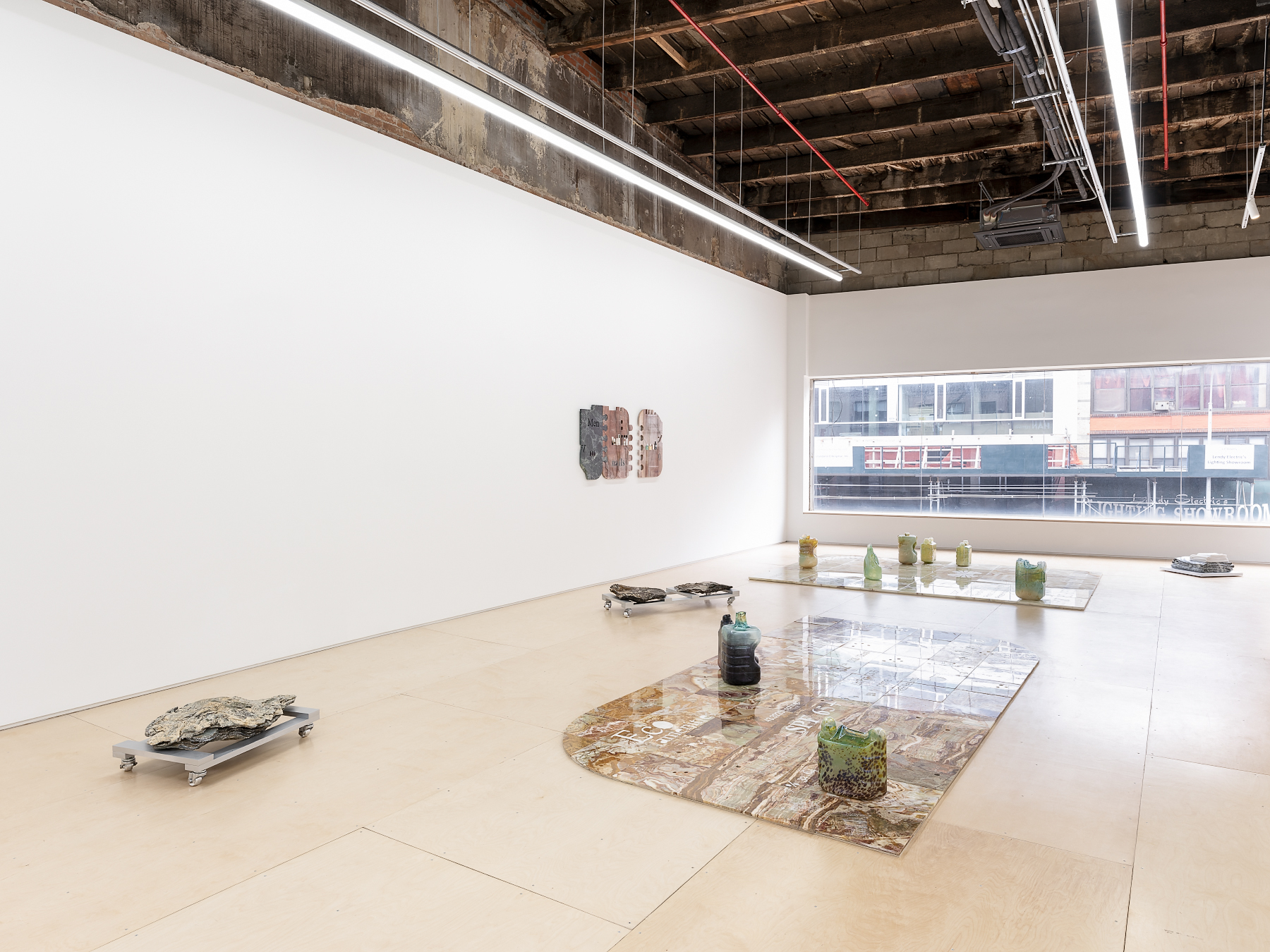
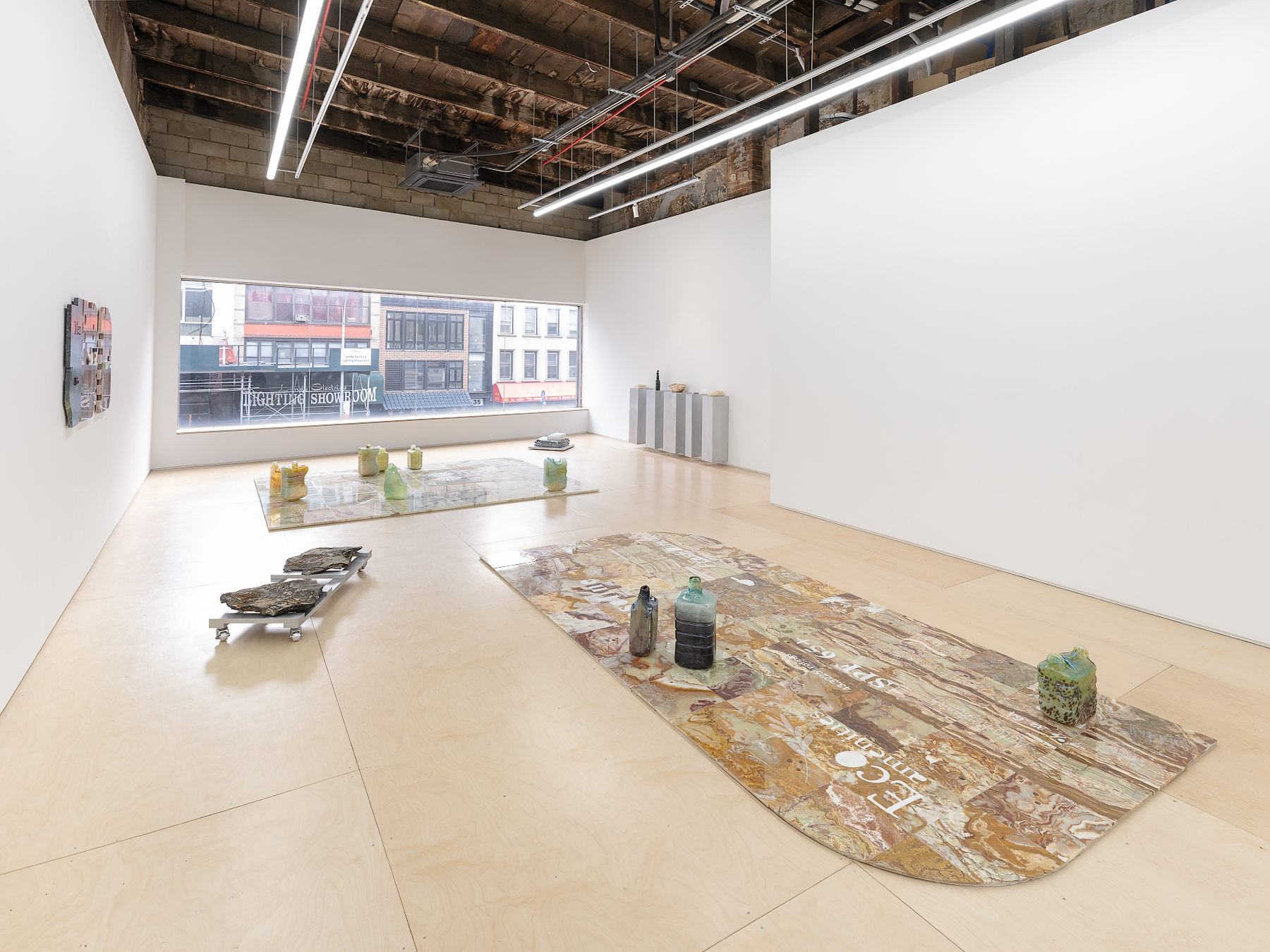

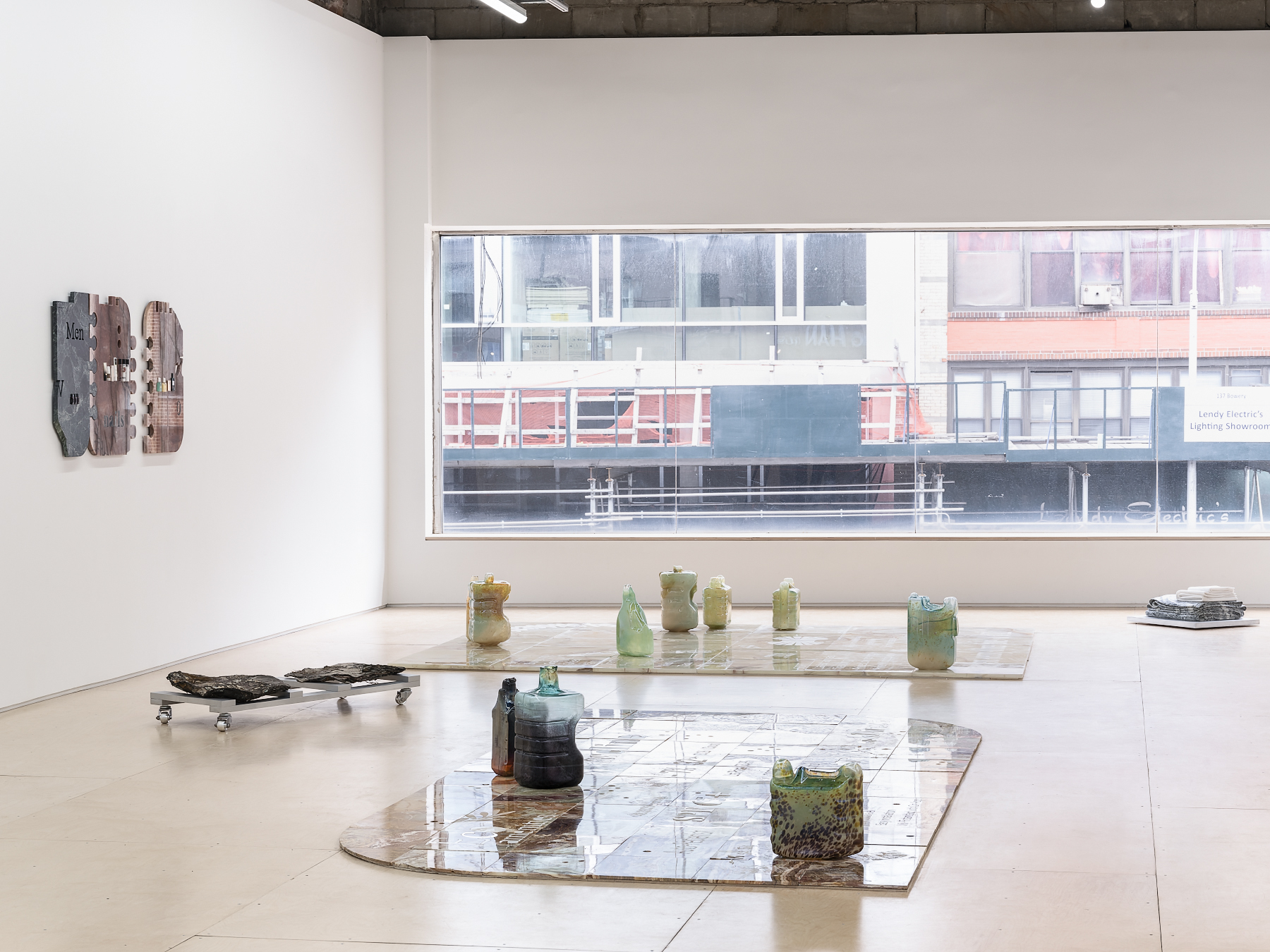

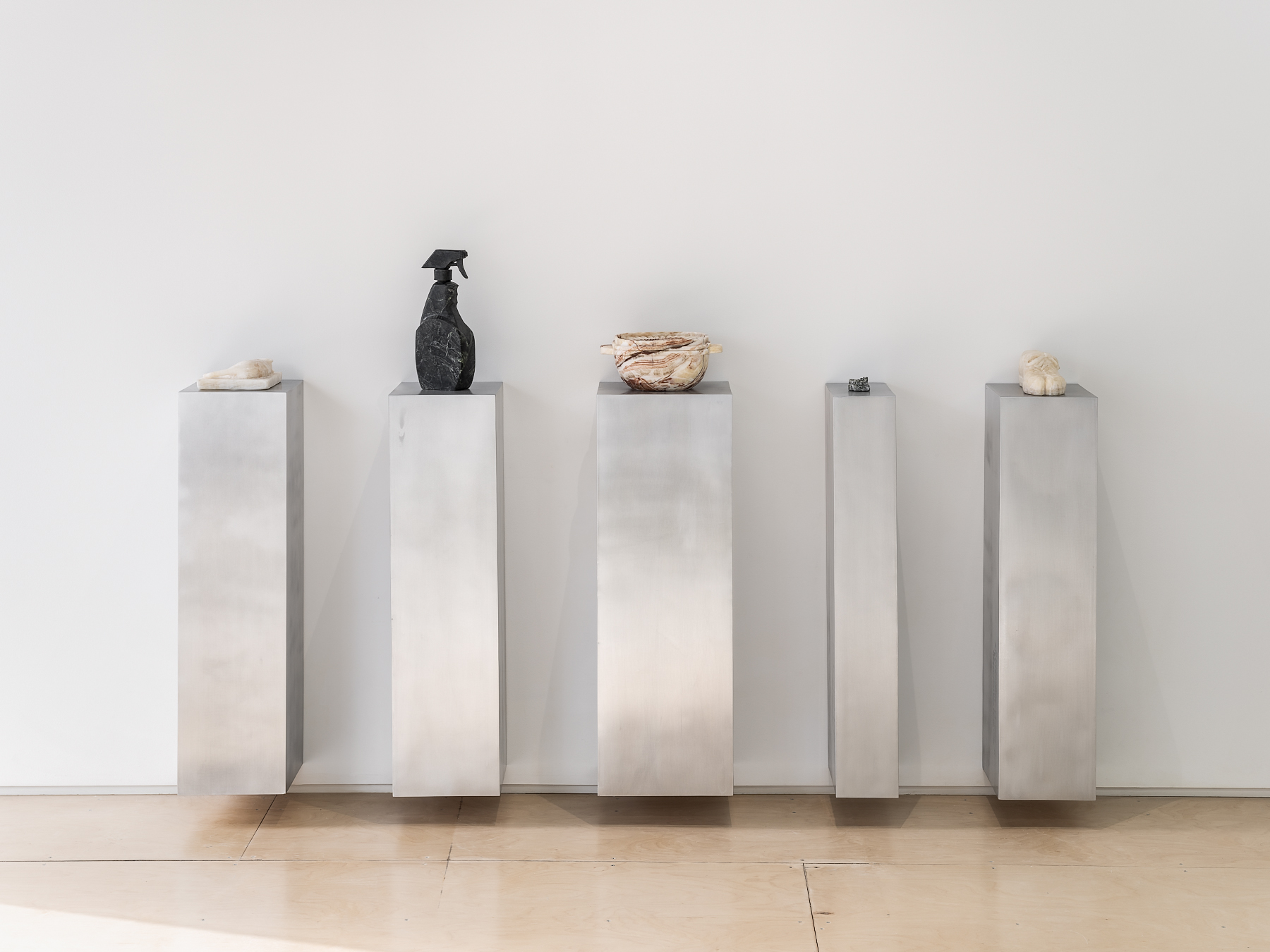
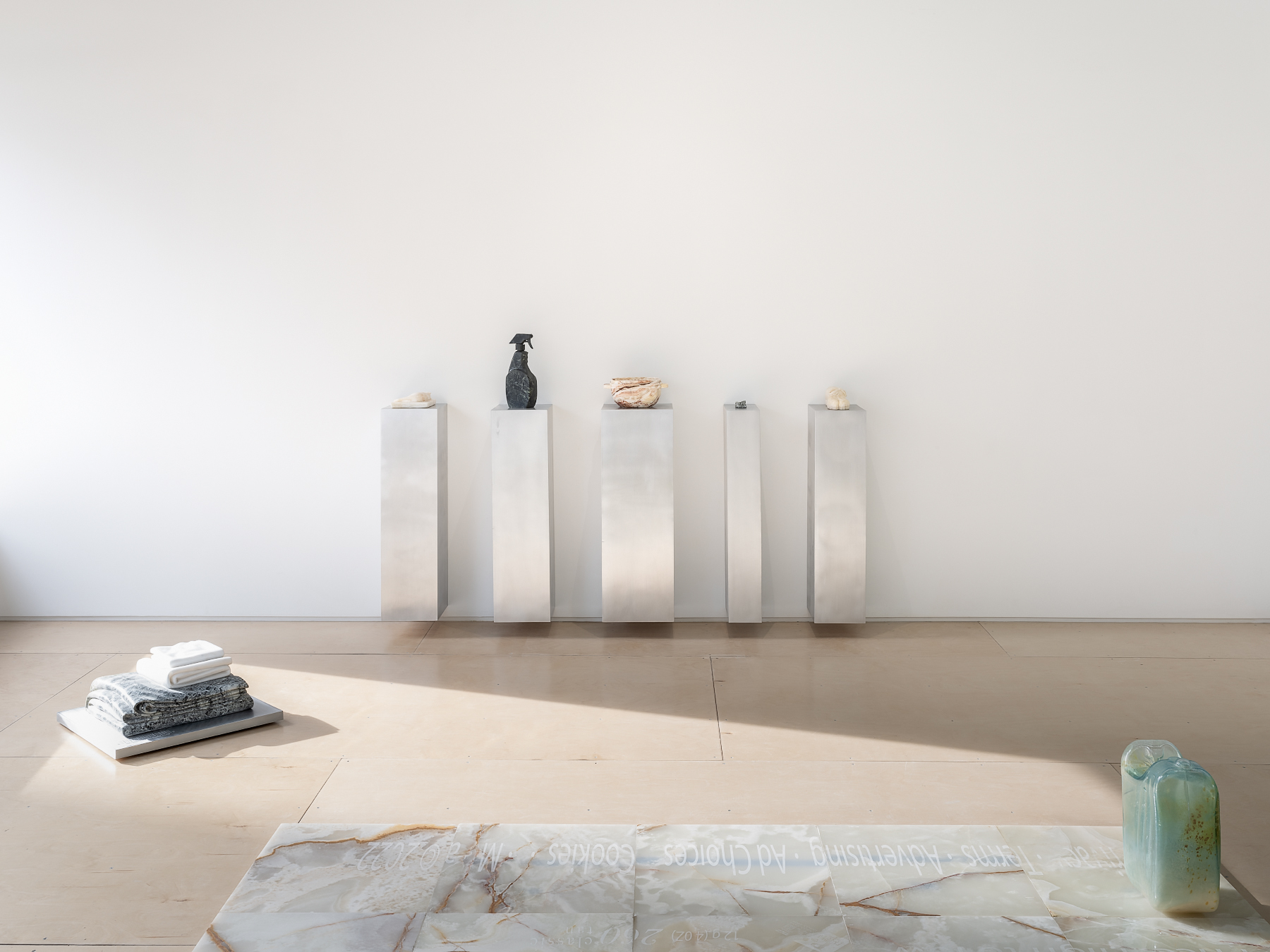
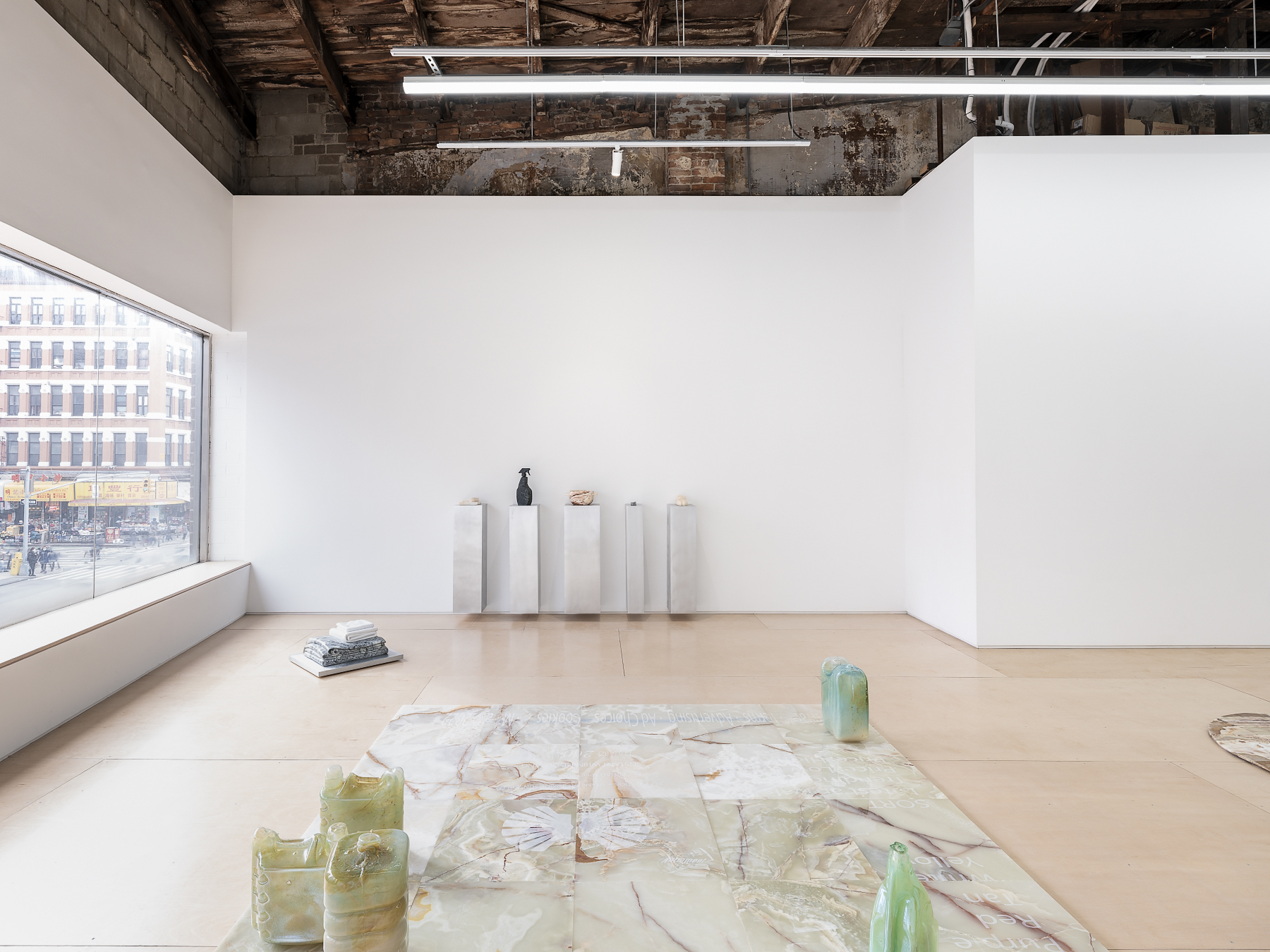
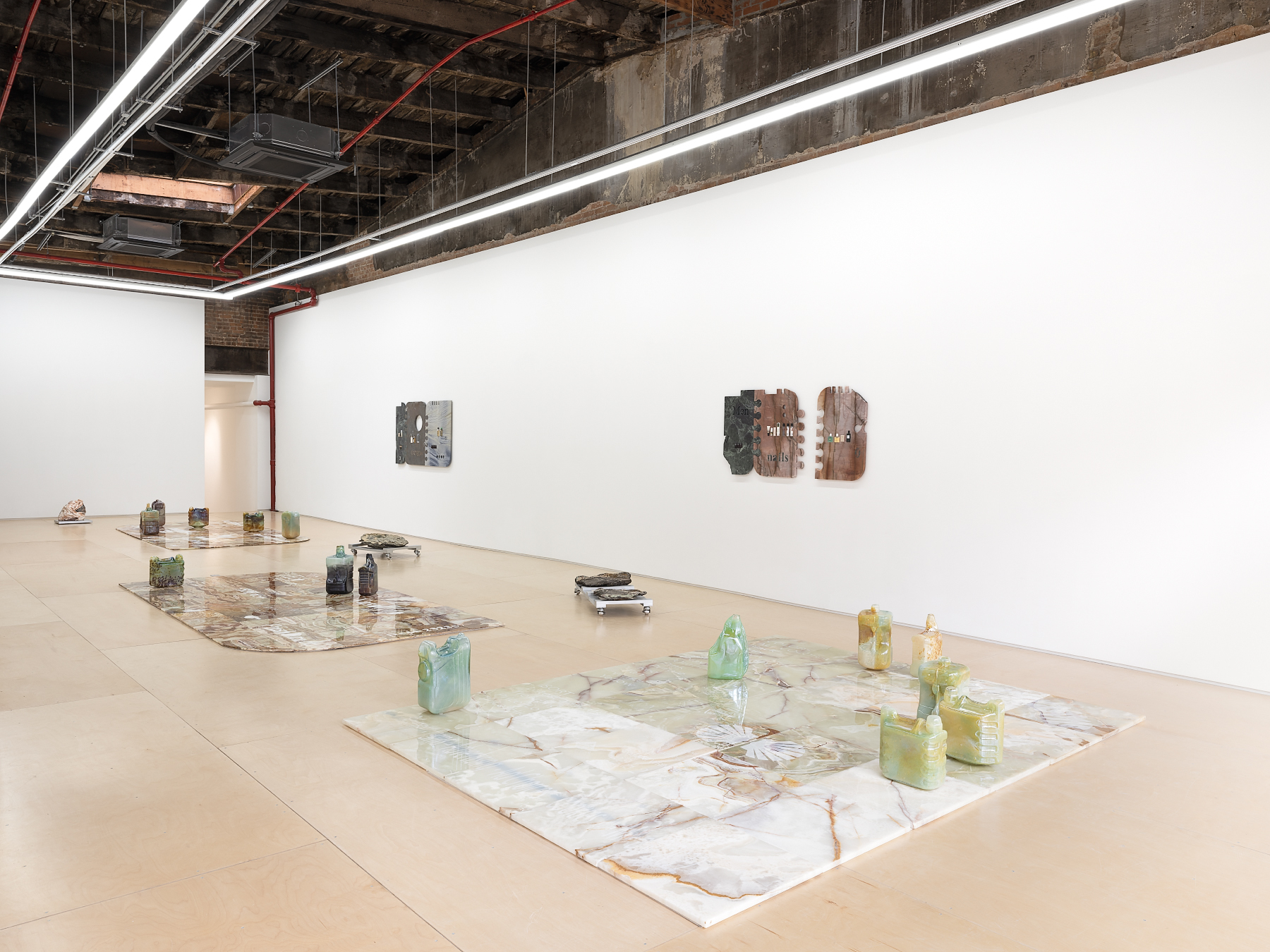
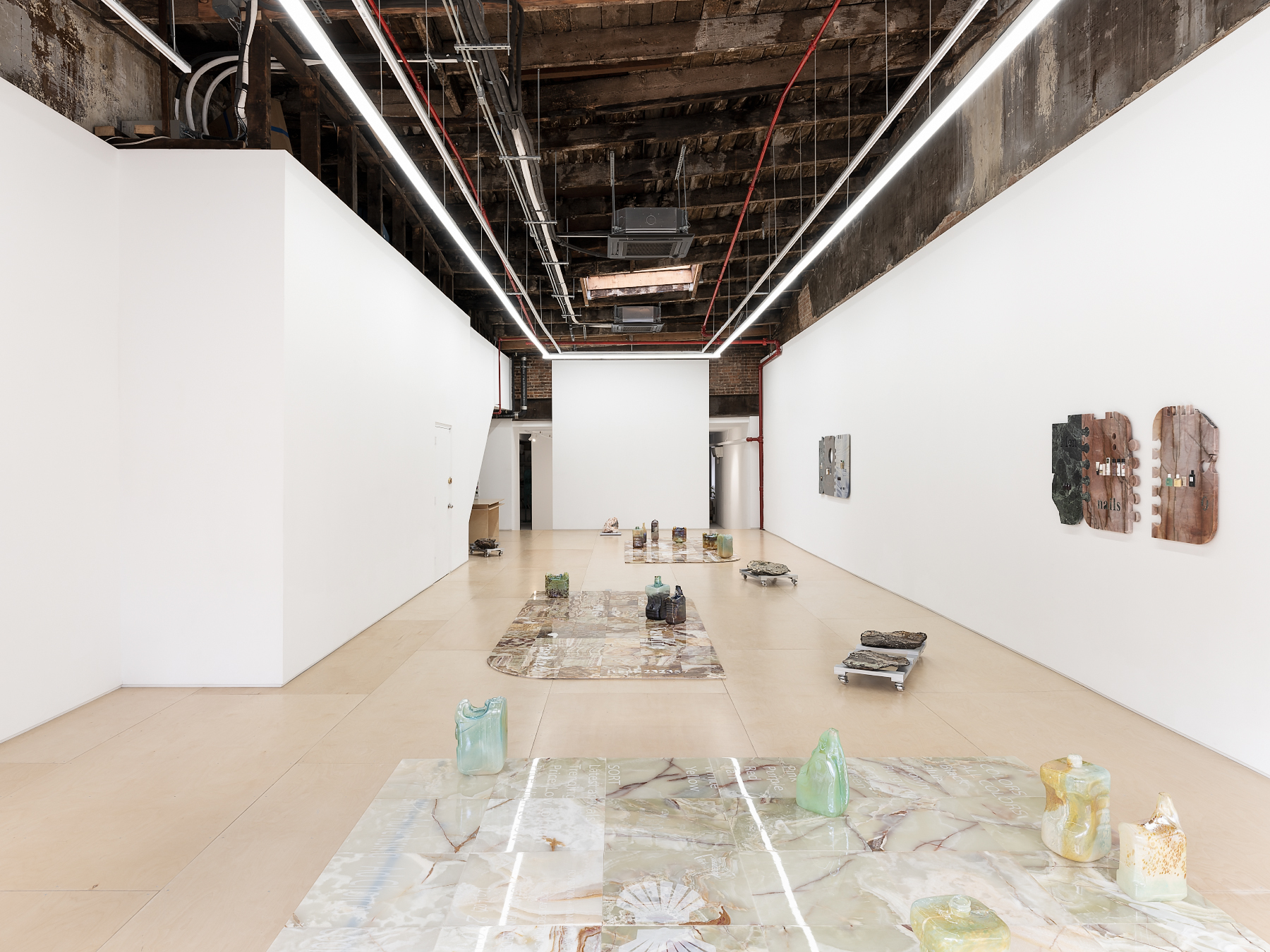
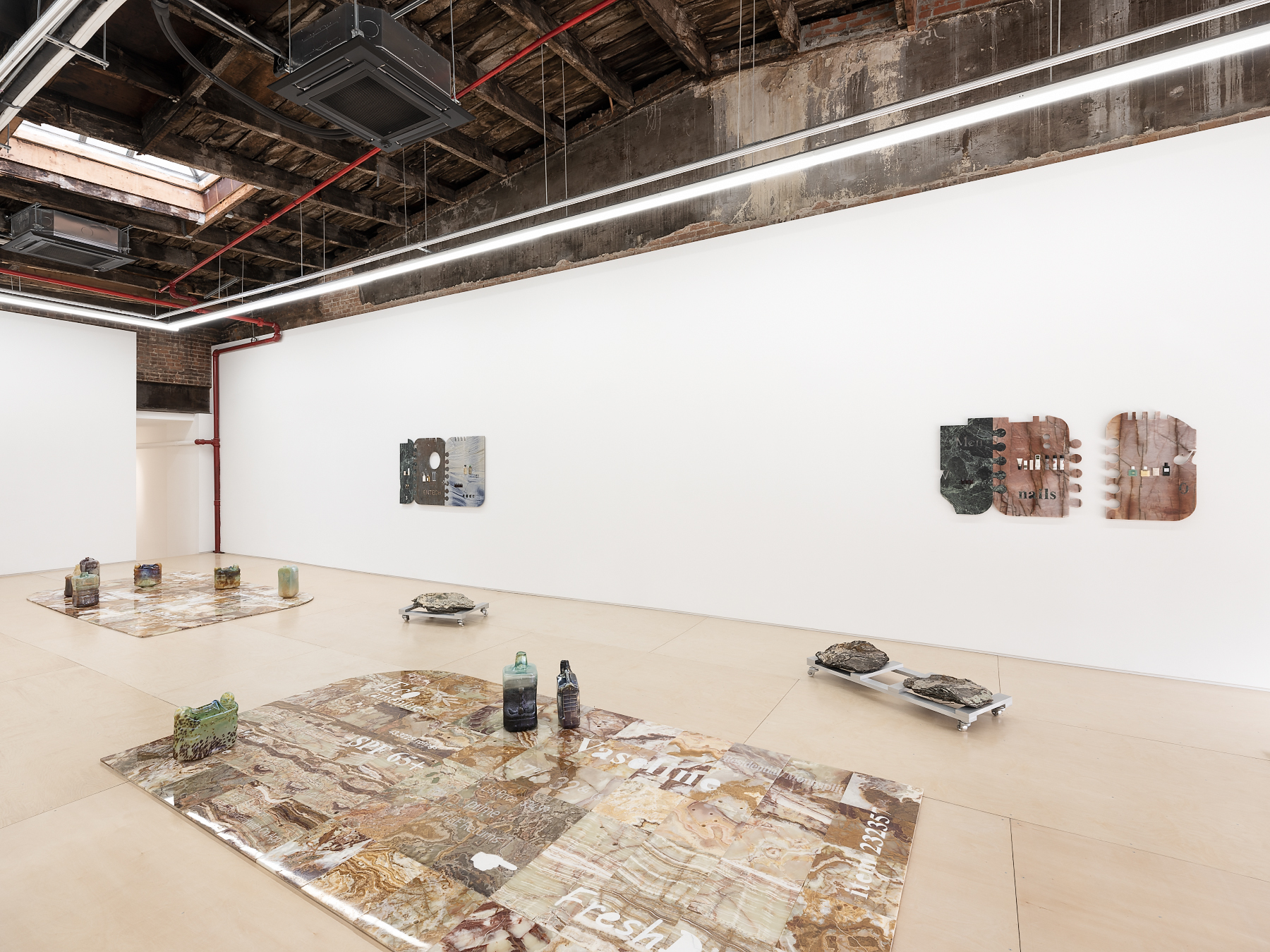
Sandblasted Salvaged Multicolor Onyx Tiles, Waterjet Salvaged Italian Marble Tiles, Mold Blown Glass Super Tech Full Synthetic SAE™ 5W-30 Motor Oil, 5 Quarts, Mold Blown Glass Sun® Liquid Laundry Detergent, Clean & Fresh, Mold Blown Glass AquaNation™ 5 Gallon Water Bottle Jug, and Coins
2023
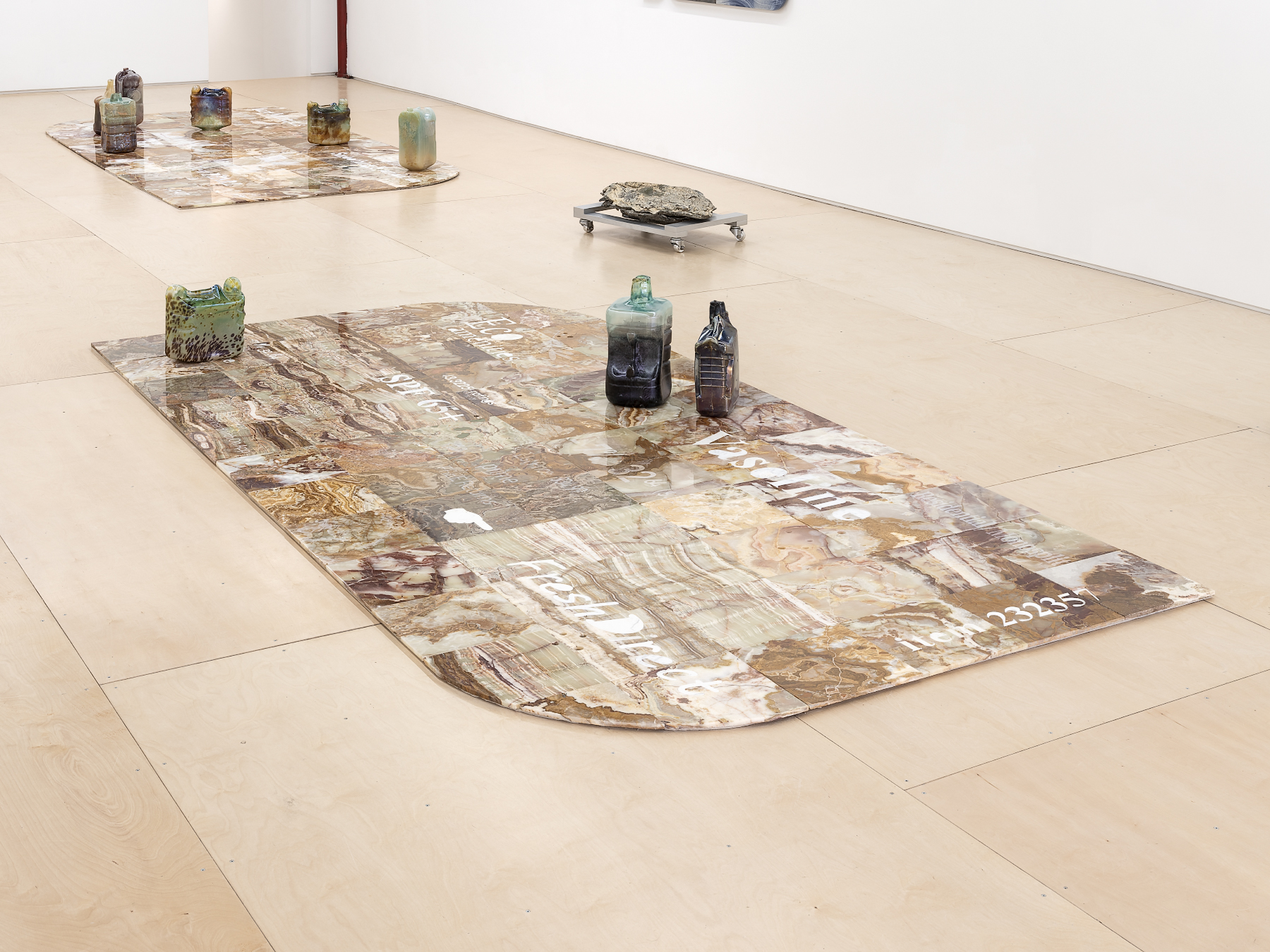

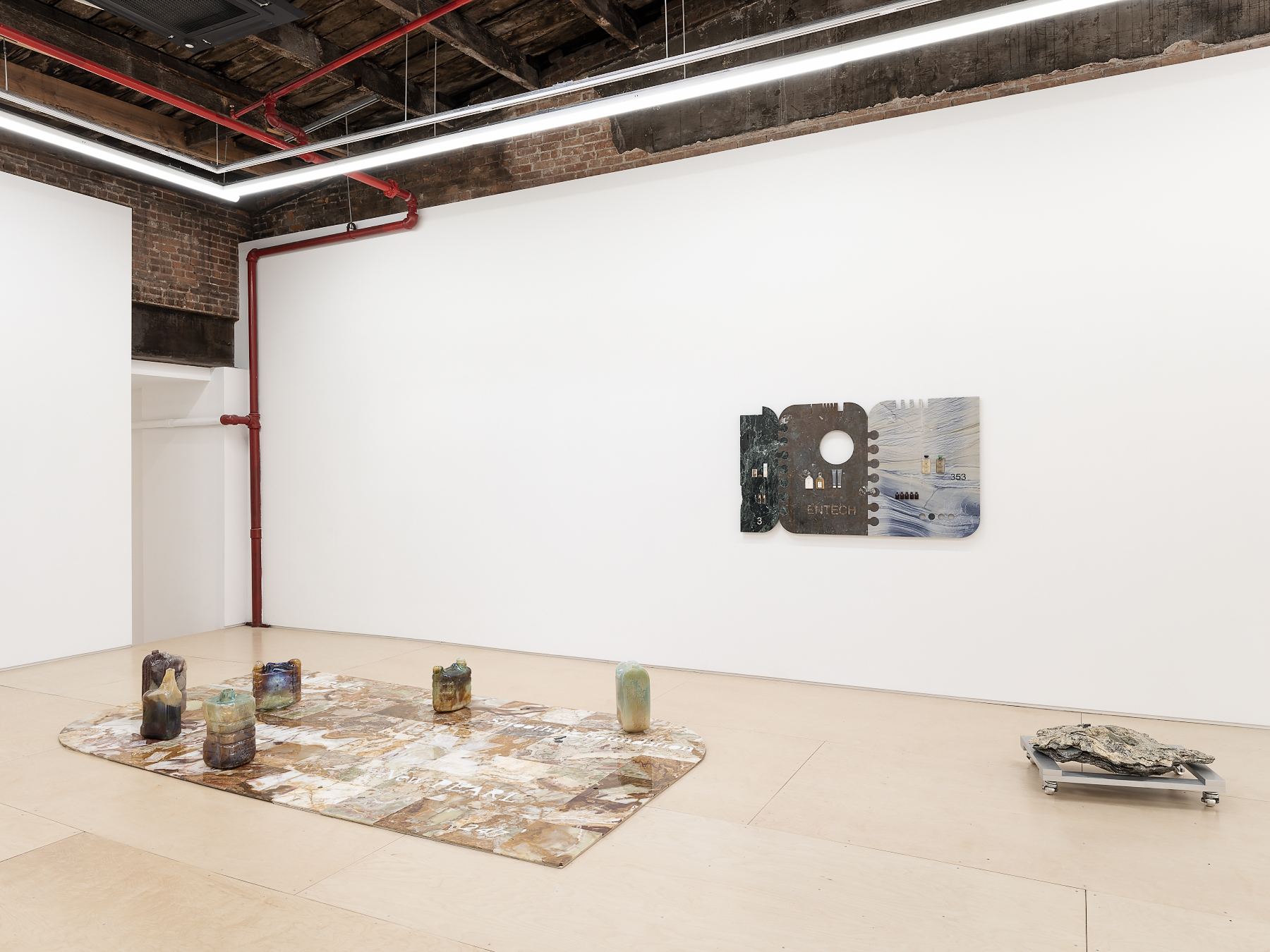
Sandblasted Salvaged Multicolor Onyx Tiles, Waterjet Salvaged Italian Marble Tiles, Mold Blown Glass CLEARA™ H2O Filter System Dispenser, Mold Blown Glass Super Tech Full Synthetic SAE™ 5W-30 Motor Oil, 5 Quarts, Mold Blown Glass Sun® Liquid Laundry Detergent, Clean & Fresh, Mold Blown Glass AquaNation™ 5 Gallon Water Bottle Jug, and Coins
2023
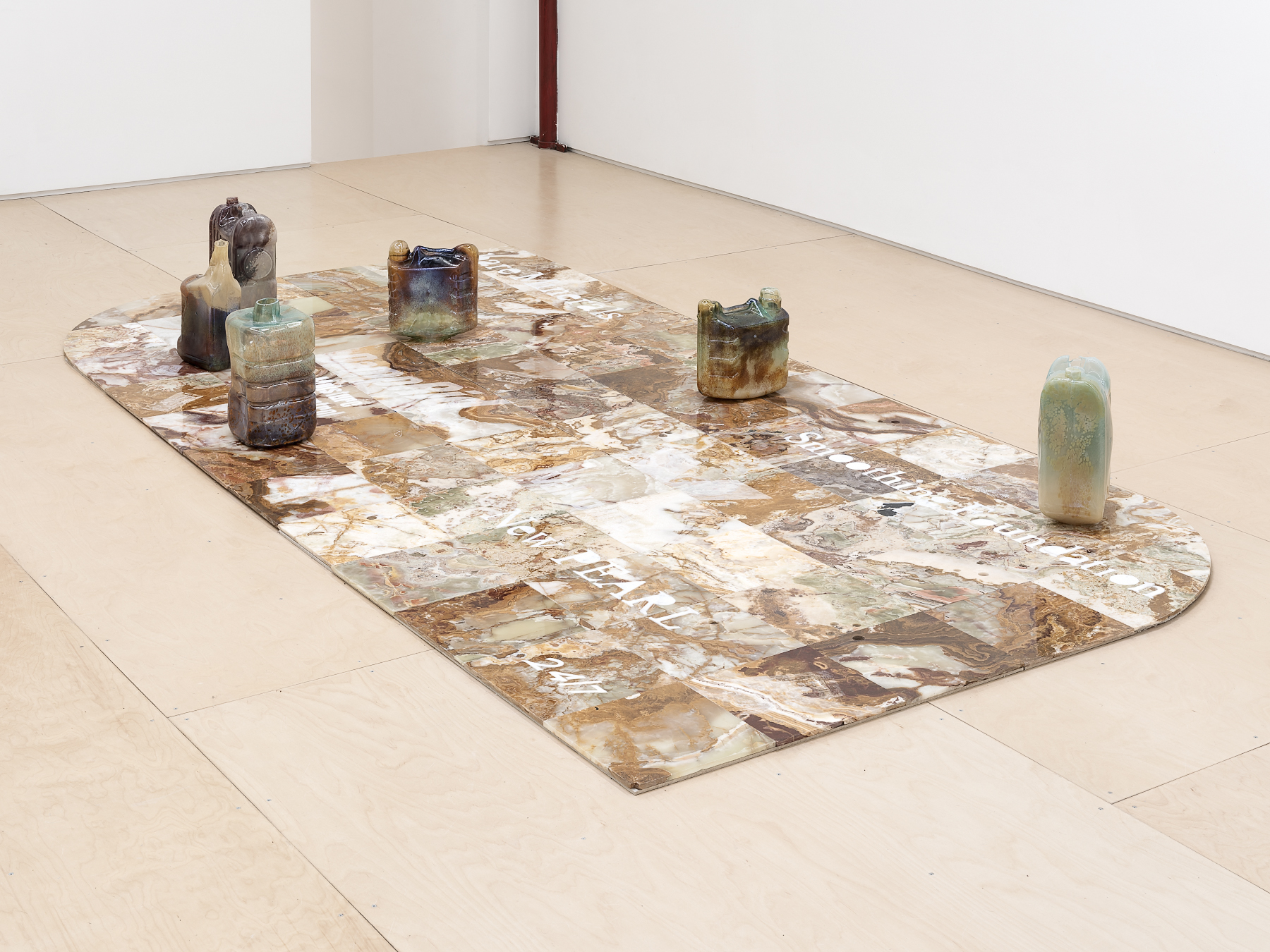
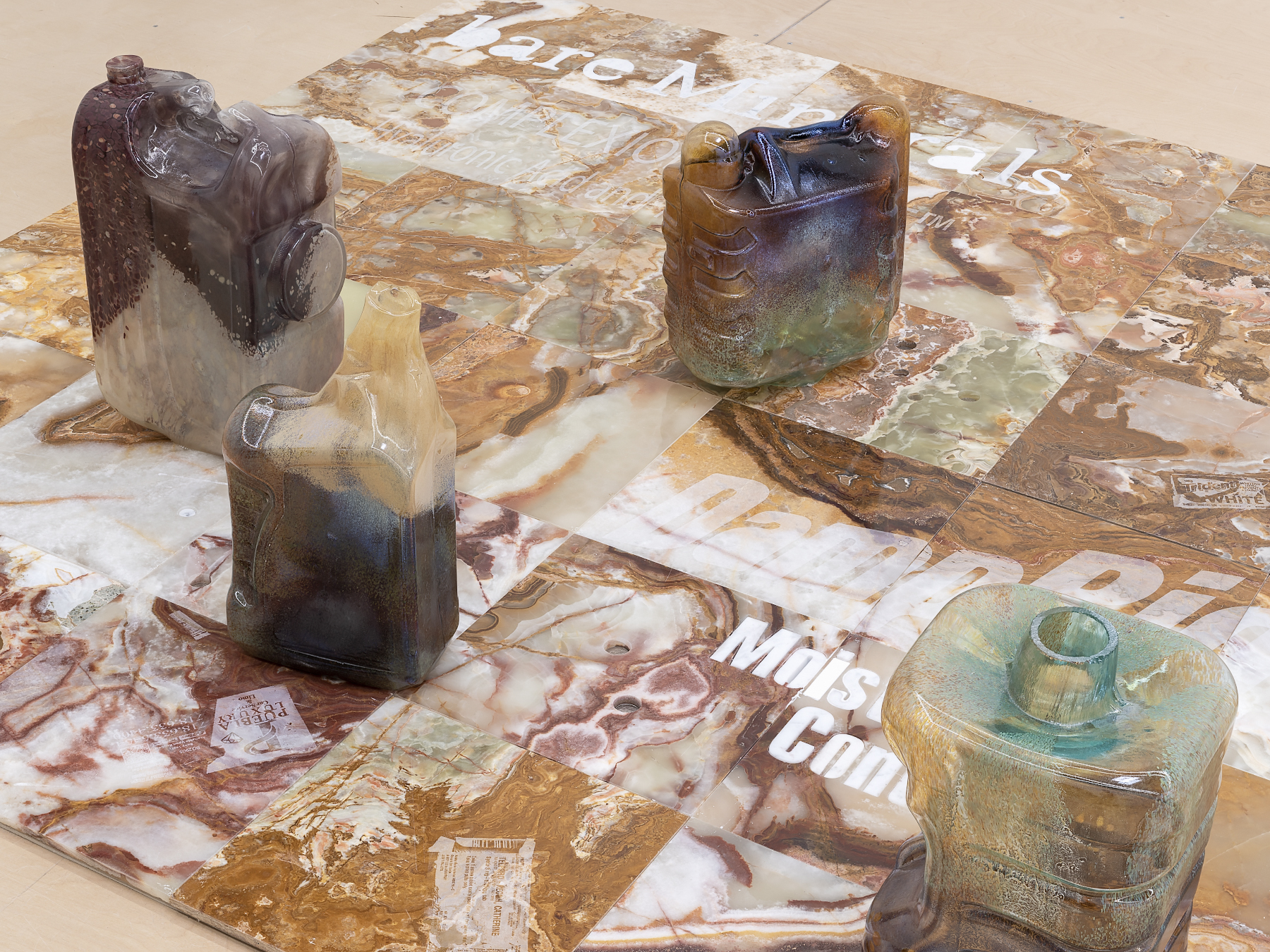
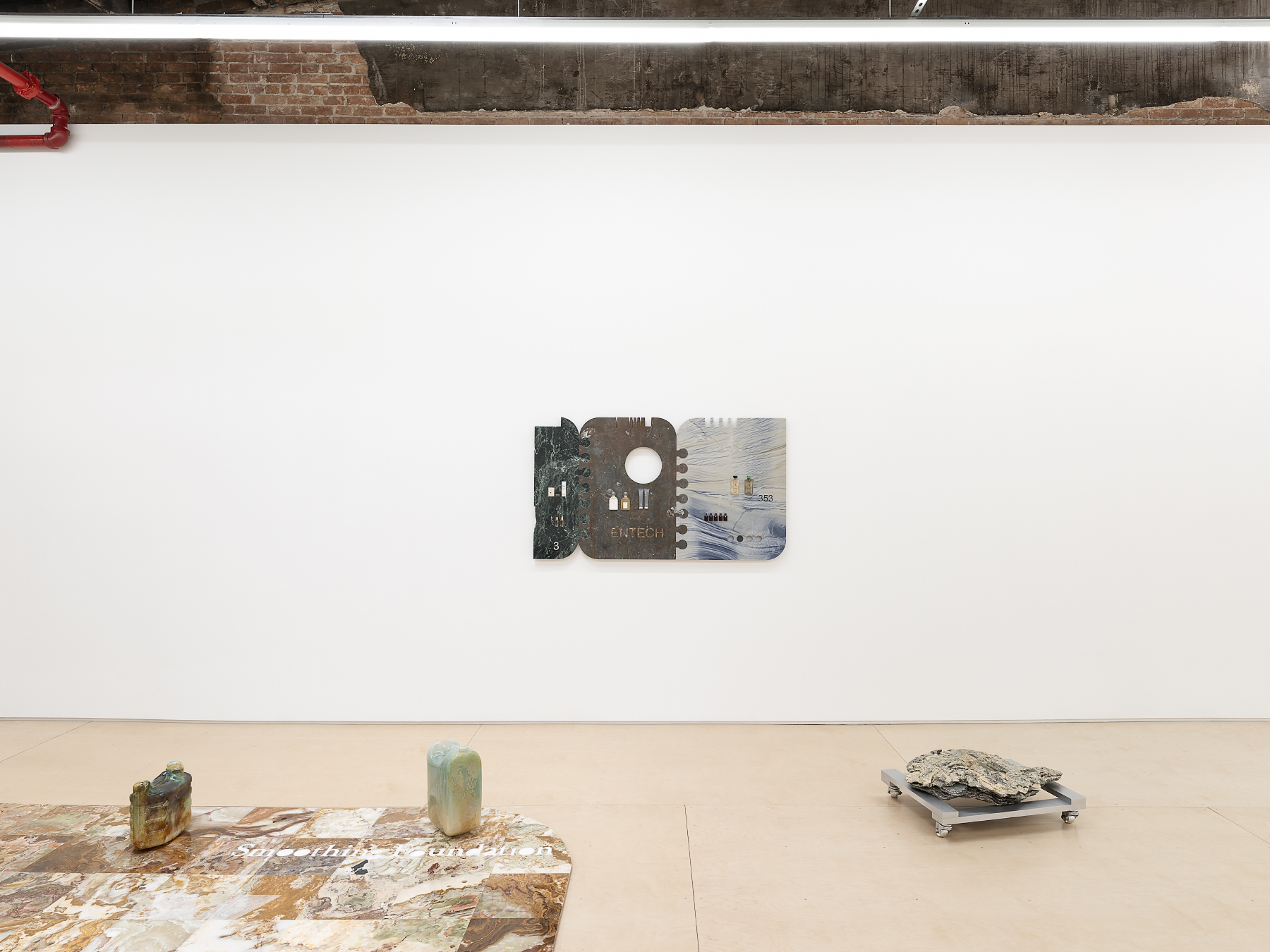
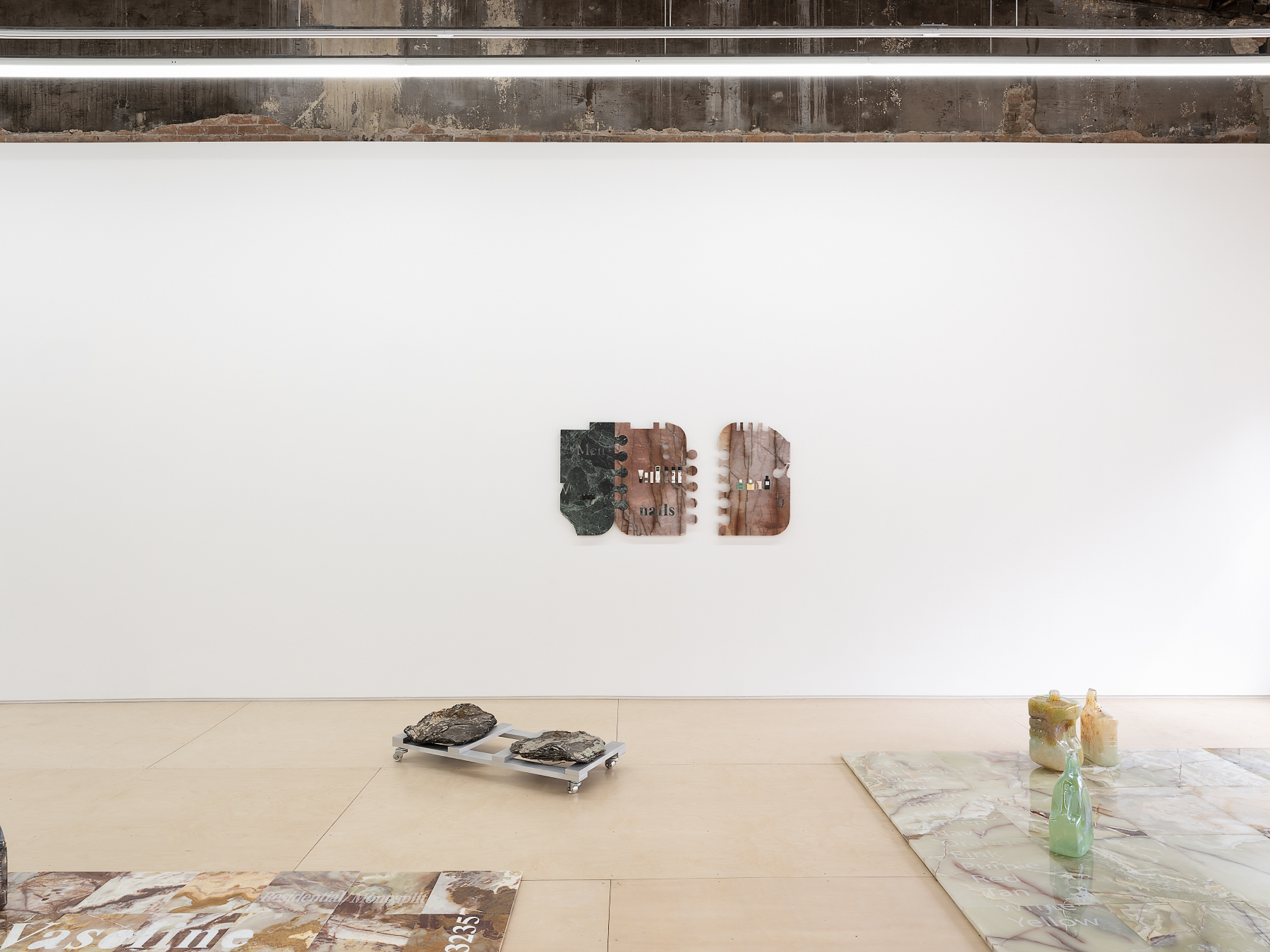

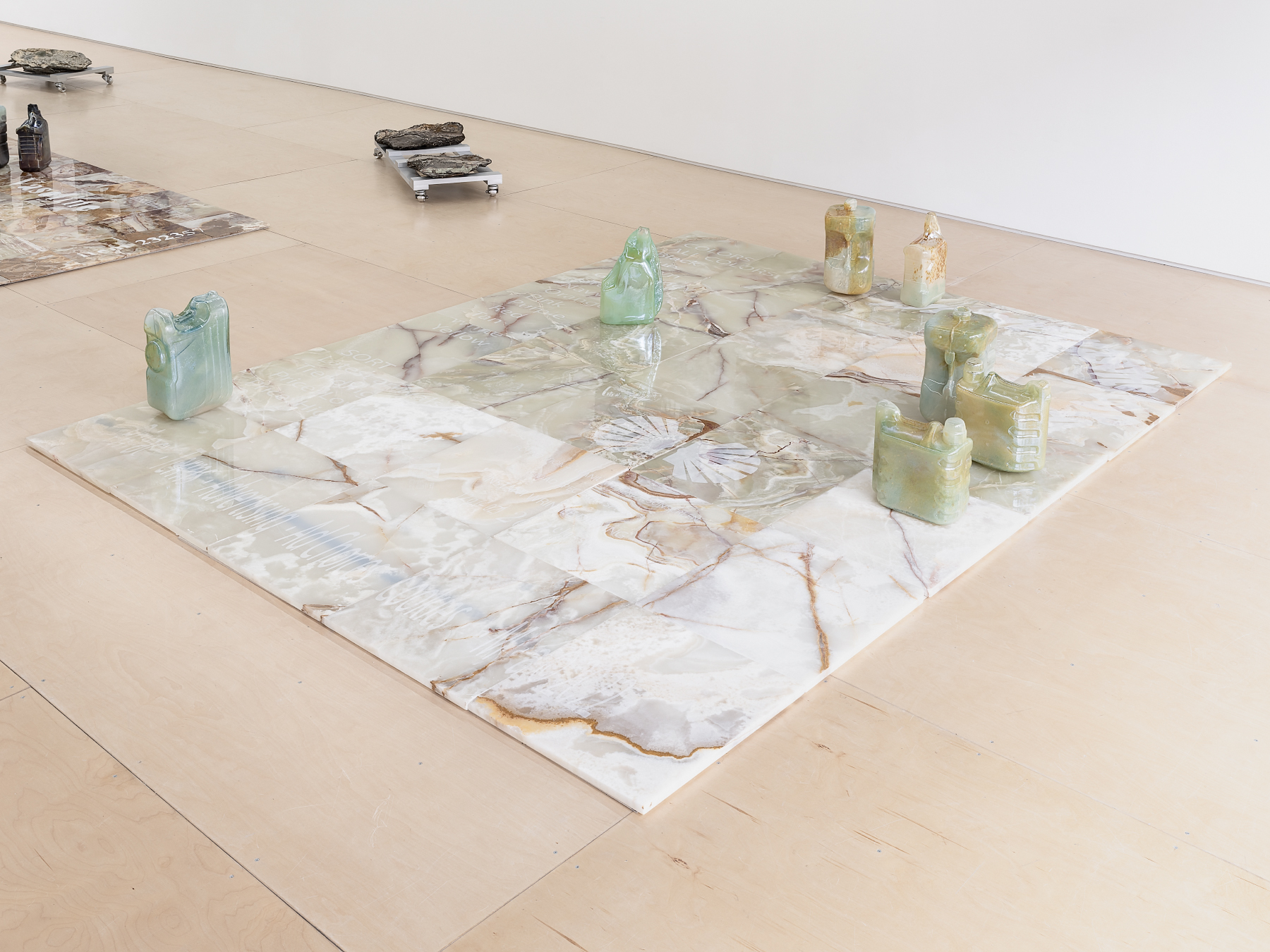
Sandblasted Salvaged Green Onyx Tiles, Mold Blown Glass CLEARA™ H2O Filter System Dispenser, Mold Blown Glass Super Tech Full Synthetic SAE™ 5W-30 Motor Oil, 5 Quarts, Mold Blown Glass Sun® Liquid Laundry Detergent, Clean & Fresh, and Mold Blown Glass AquaNation™ 5 Gallon Water Bottle Jug
2023


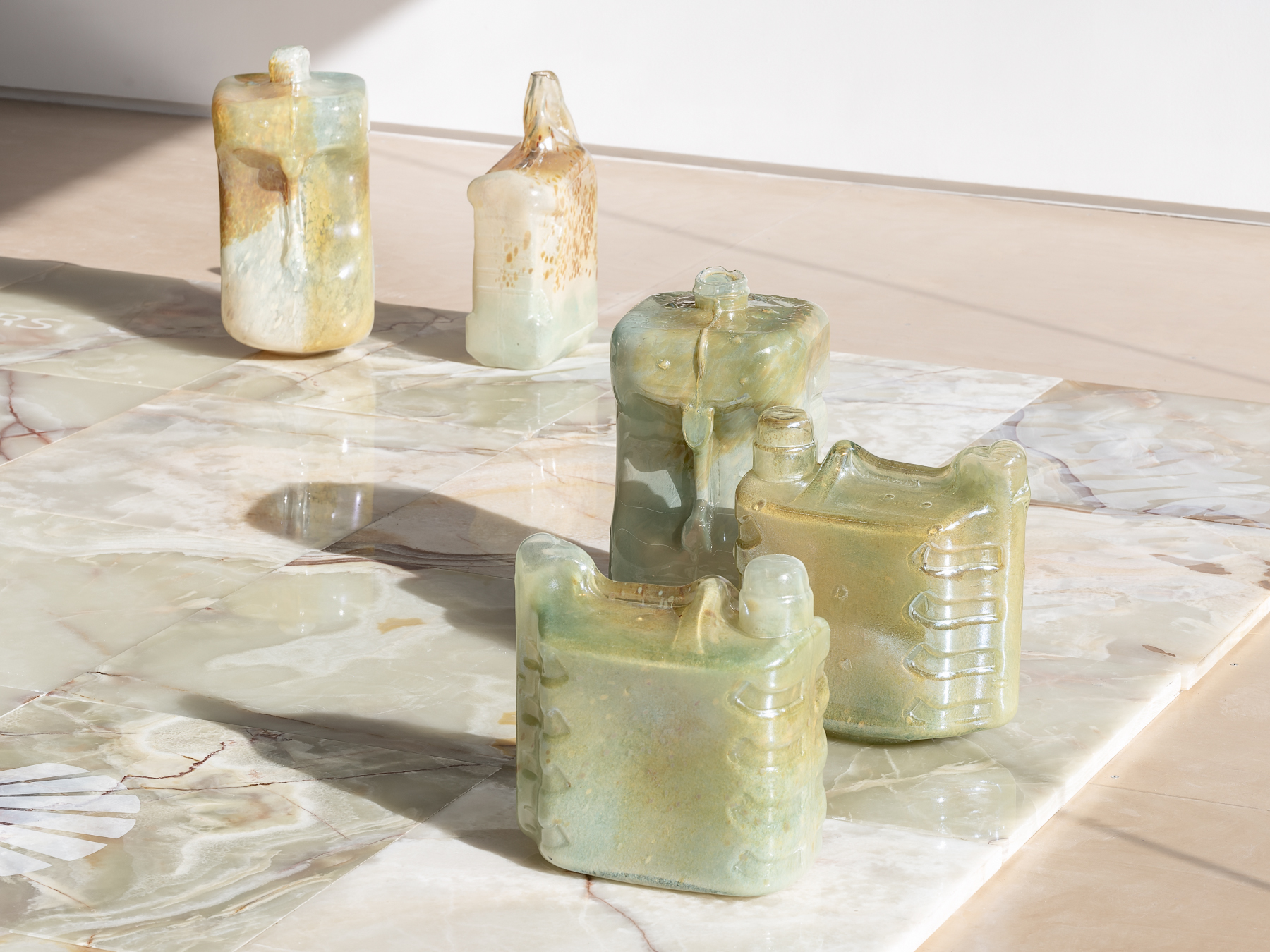
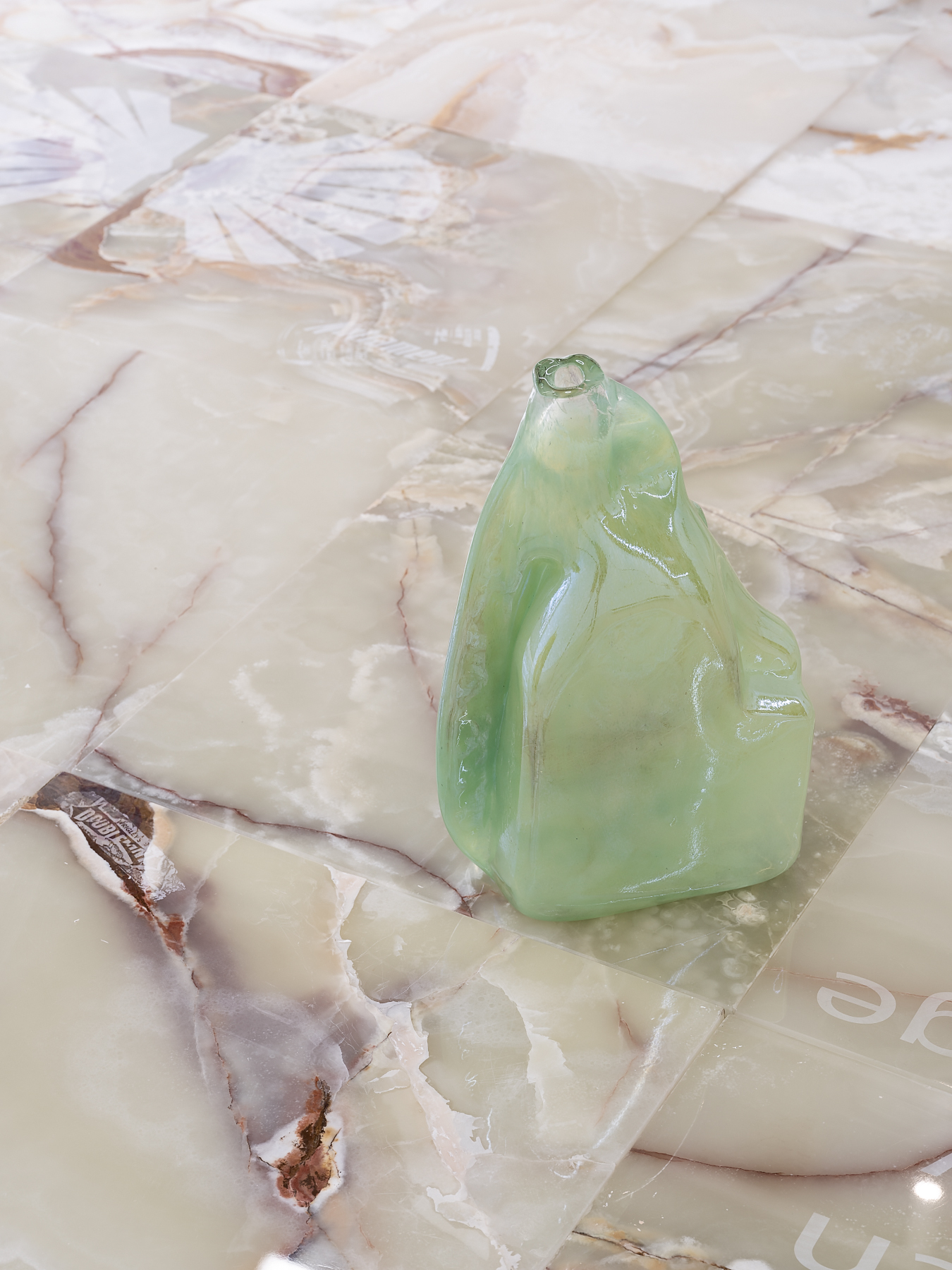

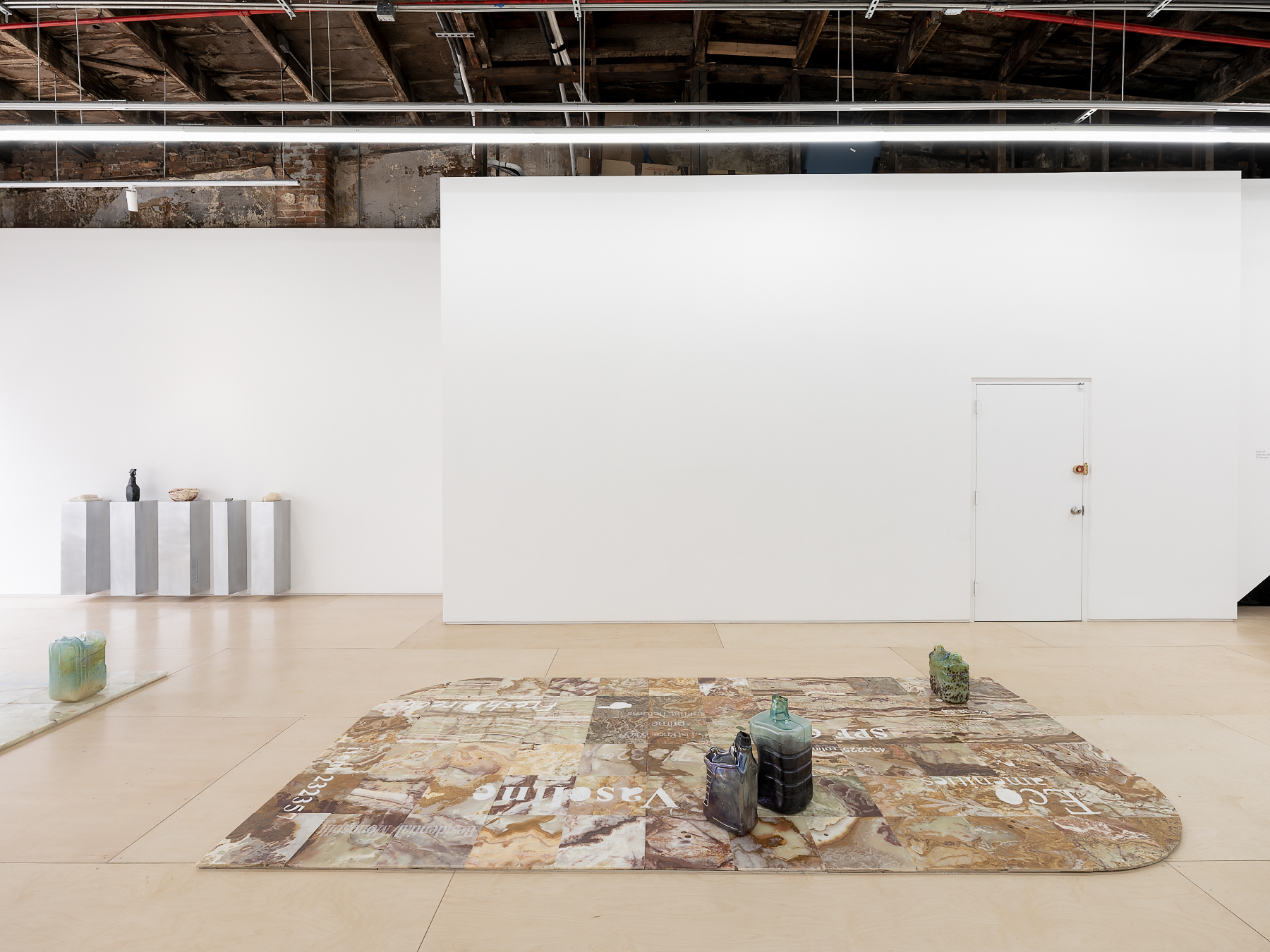
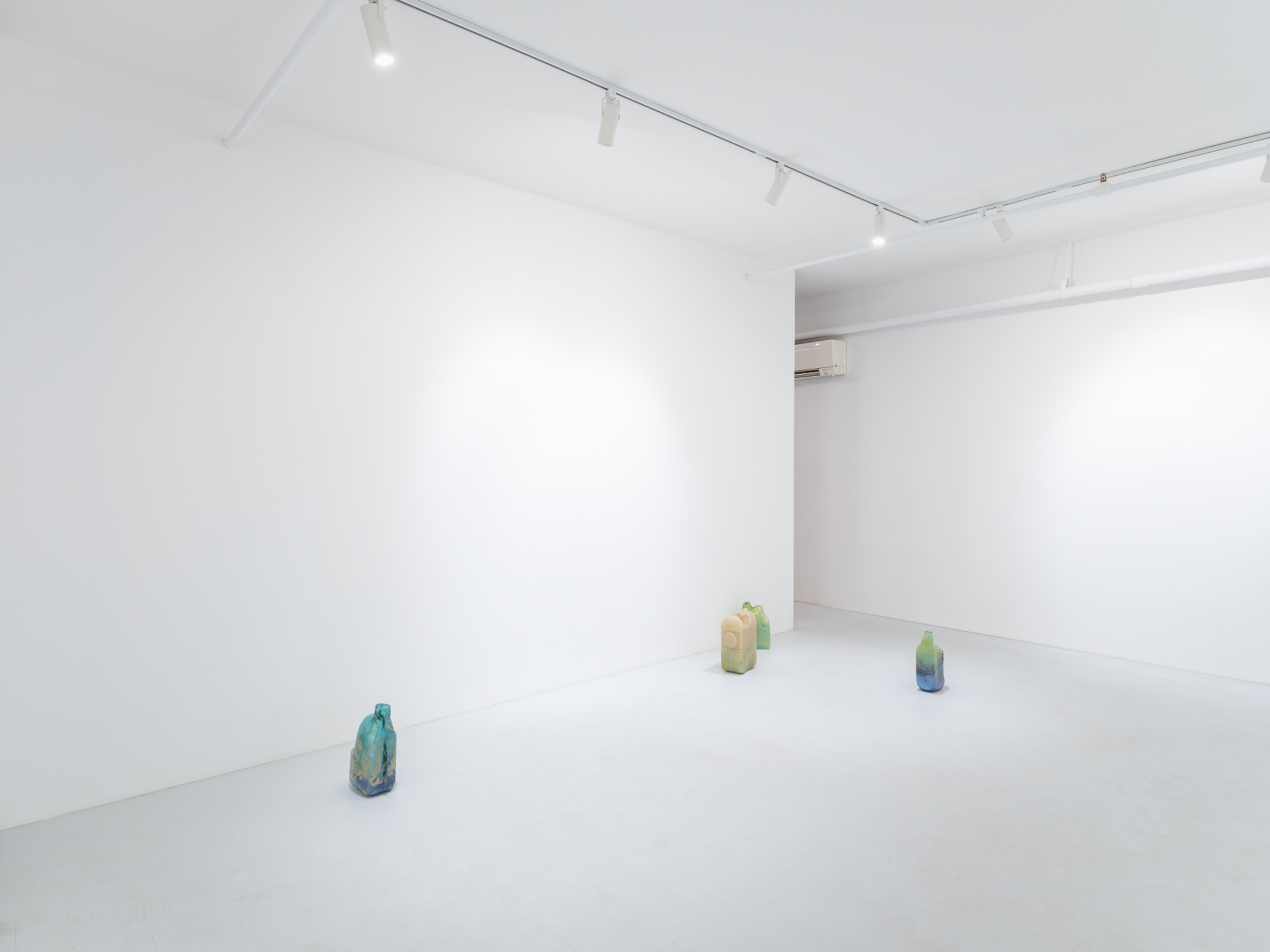
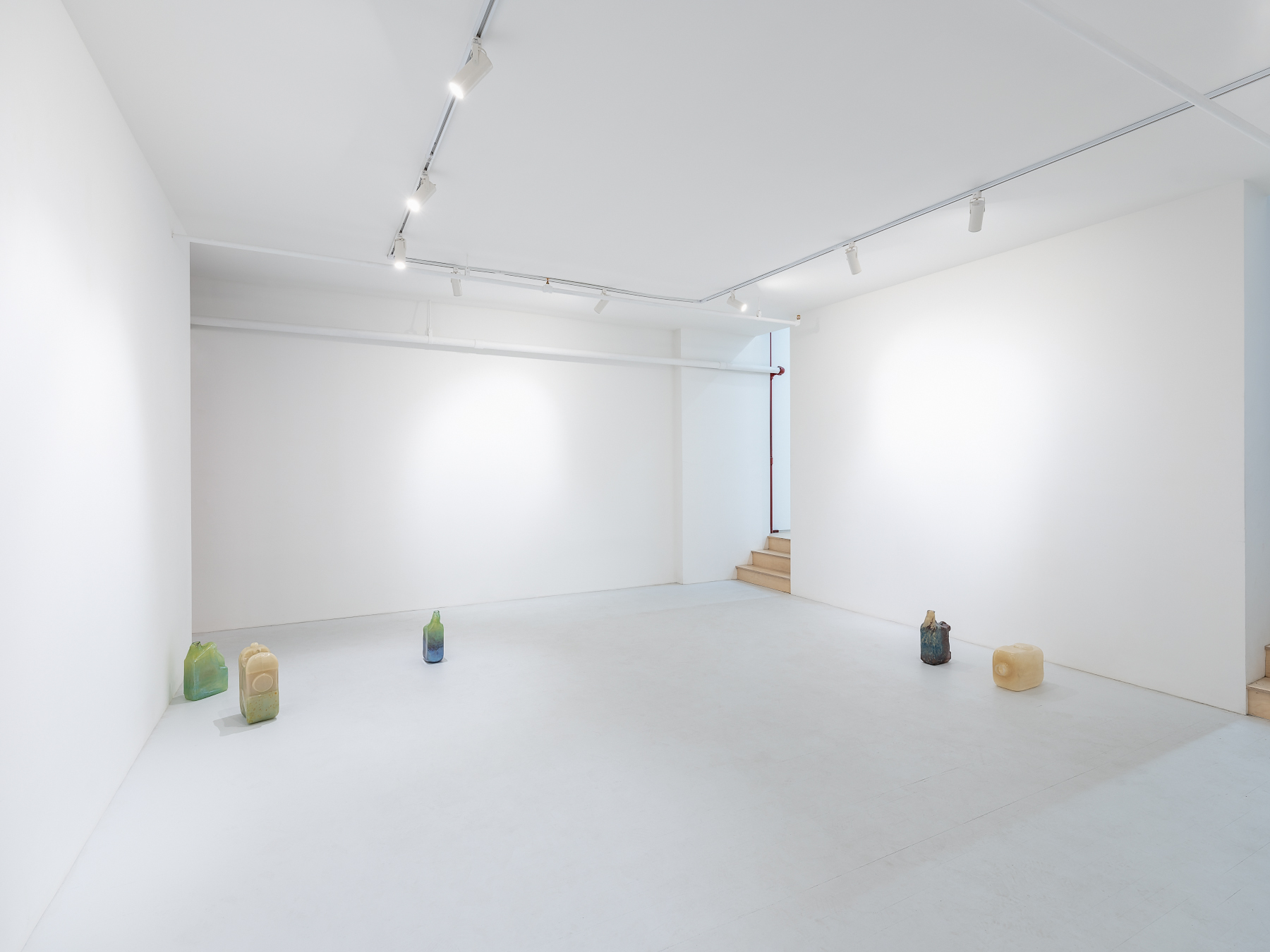
Fossiliferous limestone, blue ronse marble, green marble, green onyx, white italian marble, Versace Eros, Pouptemme, Detchema Perfume, Neutrogena ® Clean Normalizing Conditioner, Burberry BODY, Guerlain Eau Impériale conditioner, Guerlain Eau Impériale shower gel, Living Proof ® Perfect hair Day shampoo, Living Proof ® Perfect hair Day conditioner, Xeryus Rouge Givenchy, Bvlgari Eau Parfumée au thé Noir Shampoo, Bvlgari Eau Parfumée au thé Vert Shampoo, and Halston COUTURE COLOGNE
35 × 62 inches
2023

Givinchey, Oribe gold lust transformative masque, Quai Hair Oil, Burberry BODY, Lavarino Cosso Italy Moisturizing Lotion, B Body Wash, B Conditioner, B Lotion, Gilchrist & Soames Mineral Bath, Gilchrist & Soame Conditioner, Versace Eros, Eau d'orange vert Gel Douche Hermes Paris
2023
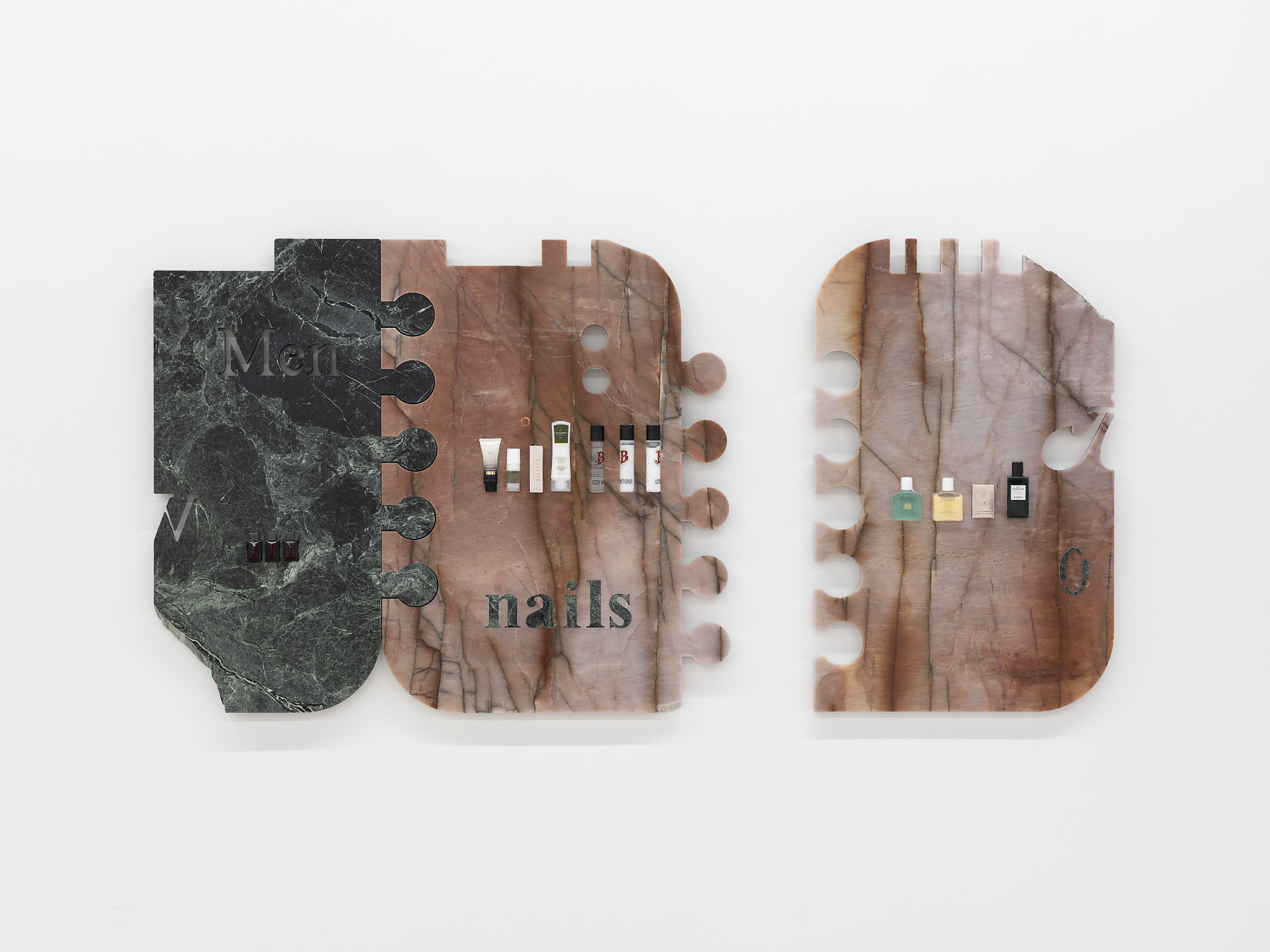
Found compacted paper, misc objects, cement, rubber, packaging, sand and plant matter from Dead Horse Bay, extruded aluminum tubes, aluminum casters
2023
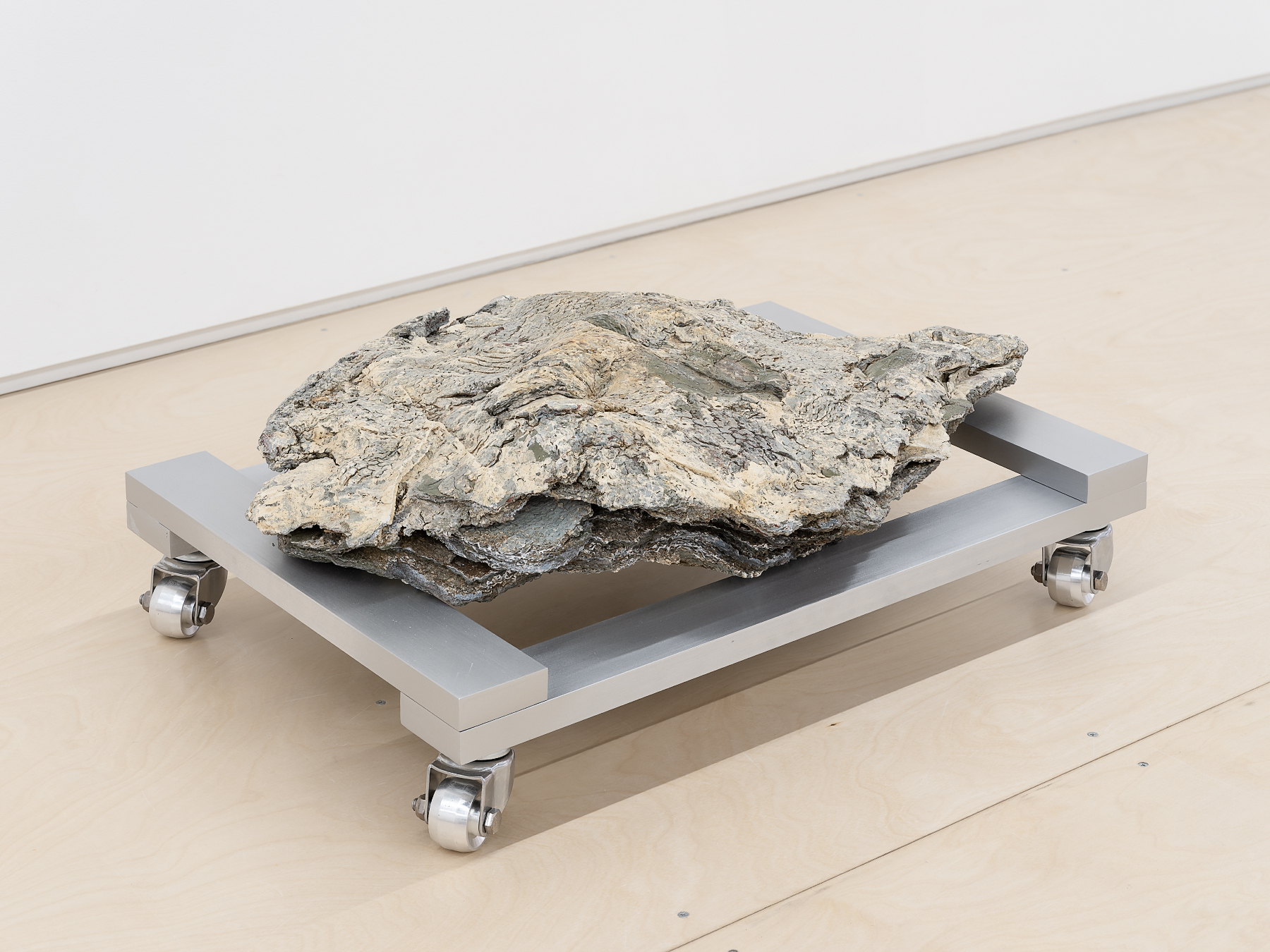
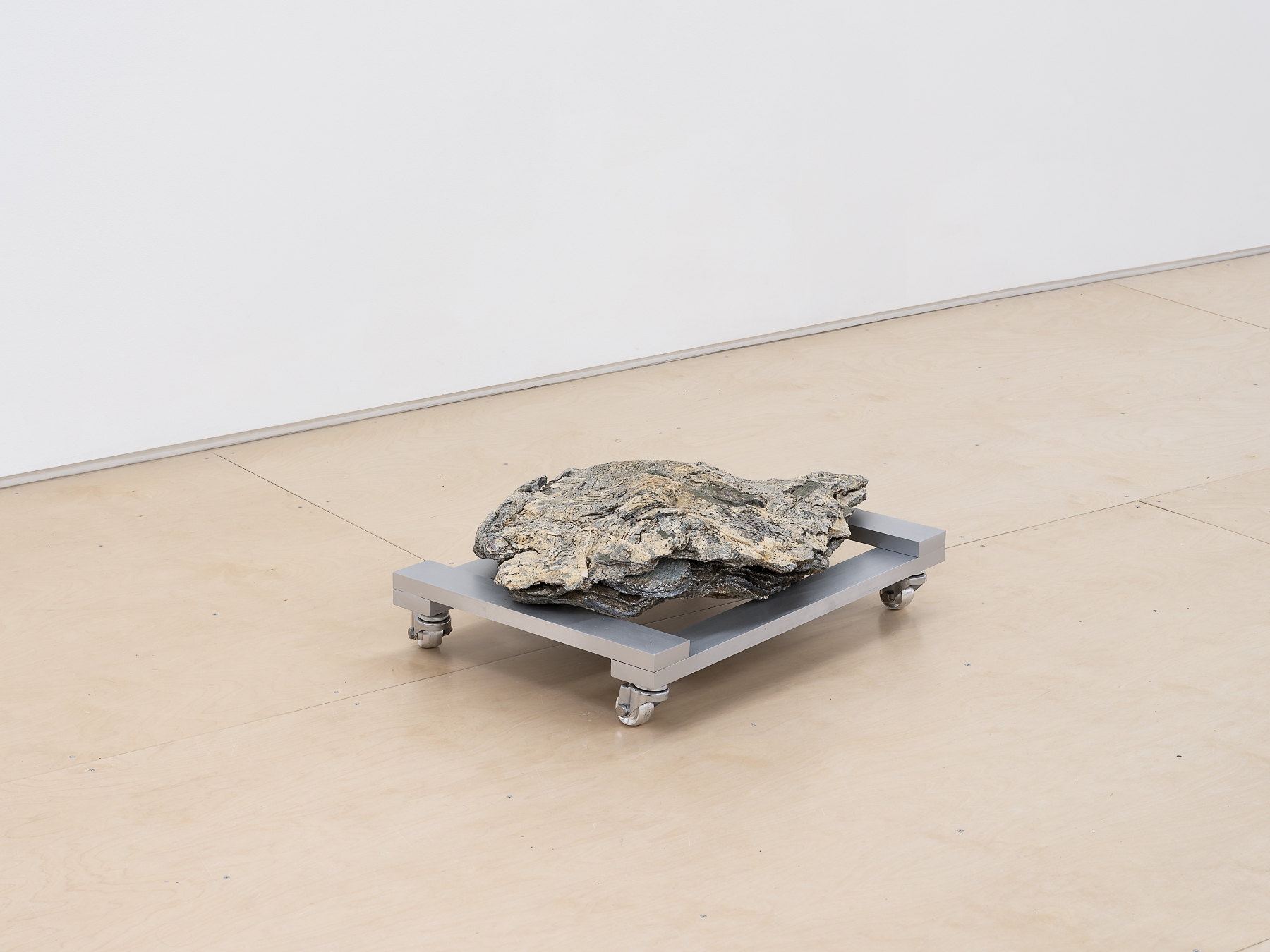
Found compacted paper, misc objects, packaging, sand and plant matter from Dead Horse Bay, extruded aluminum tubes, aluminum casters
2023
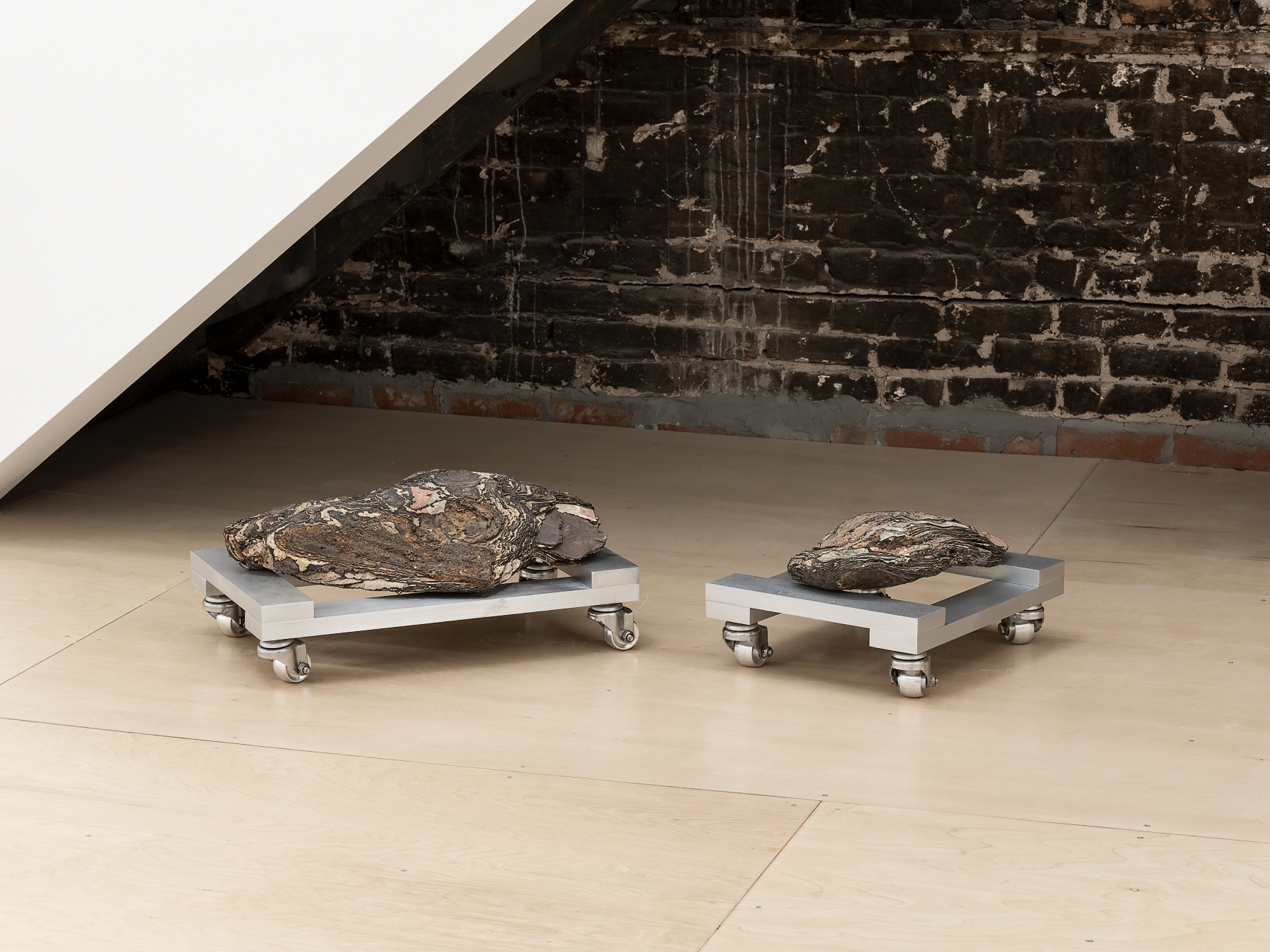
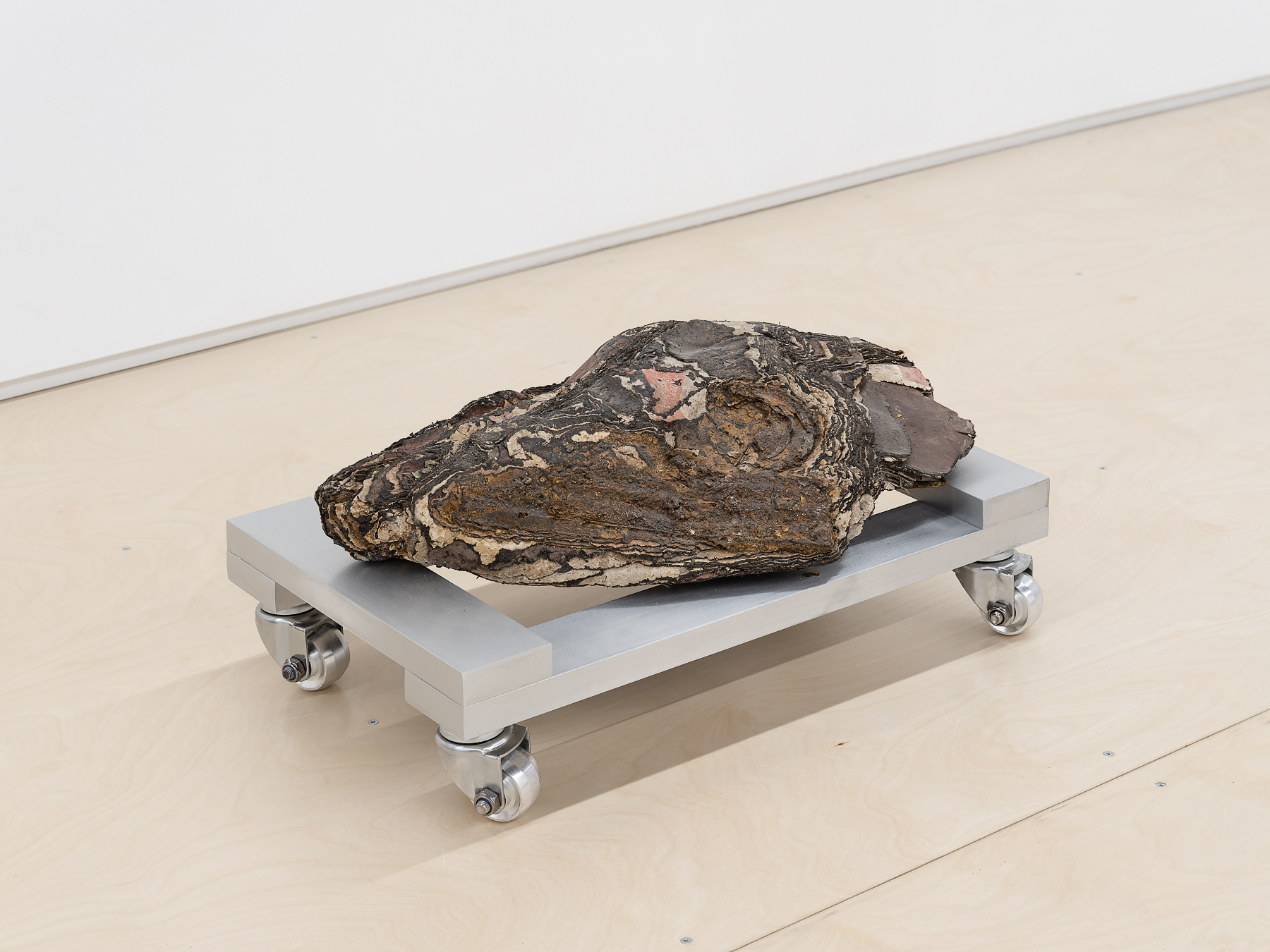
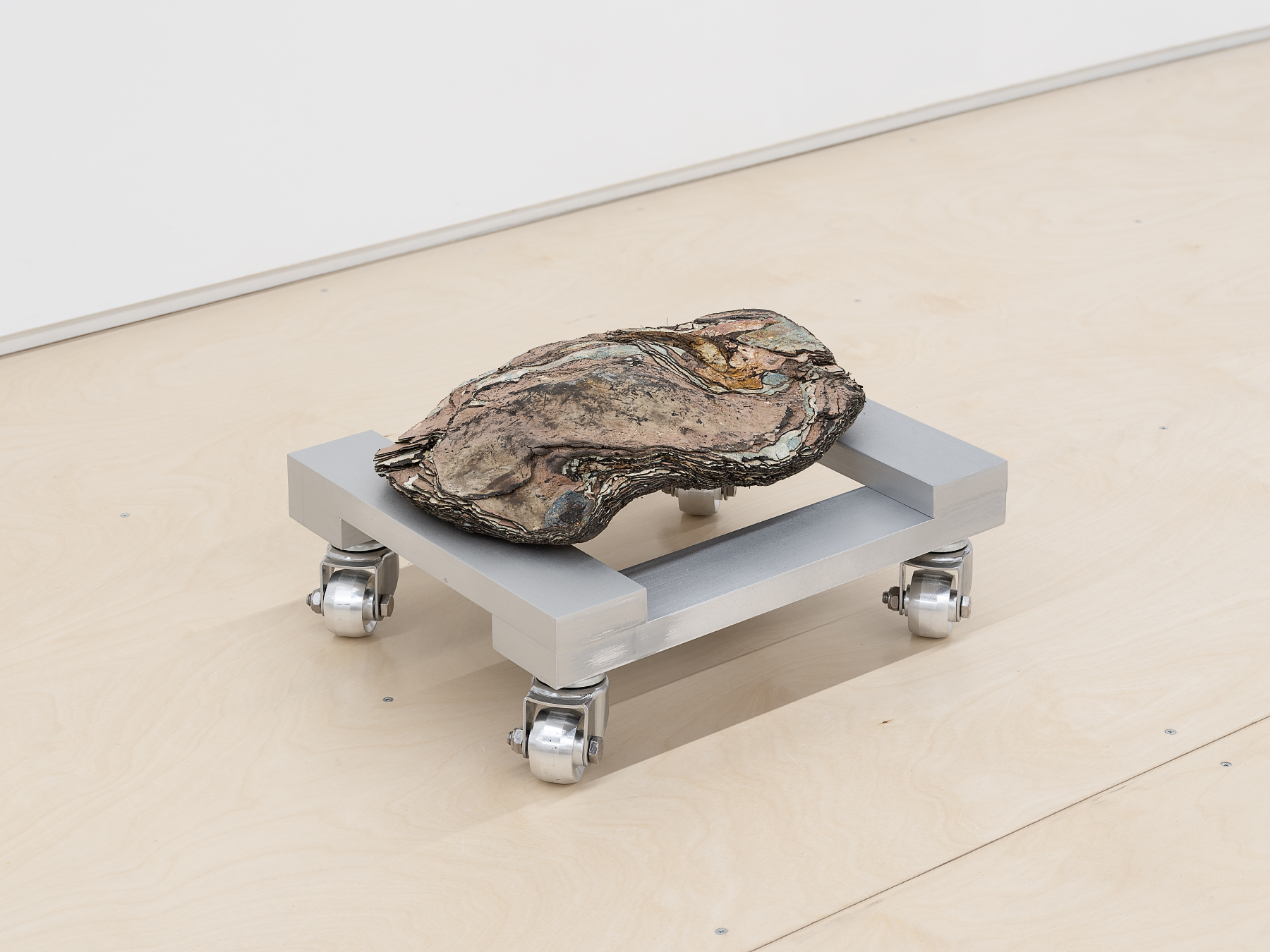
Found compacted paper, misc objects, packaging, sand and plant matter from Dead Horse Bay, extruded aluminum tubes, aluminum casters
2023
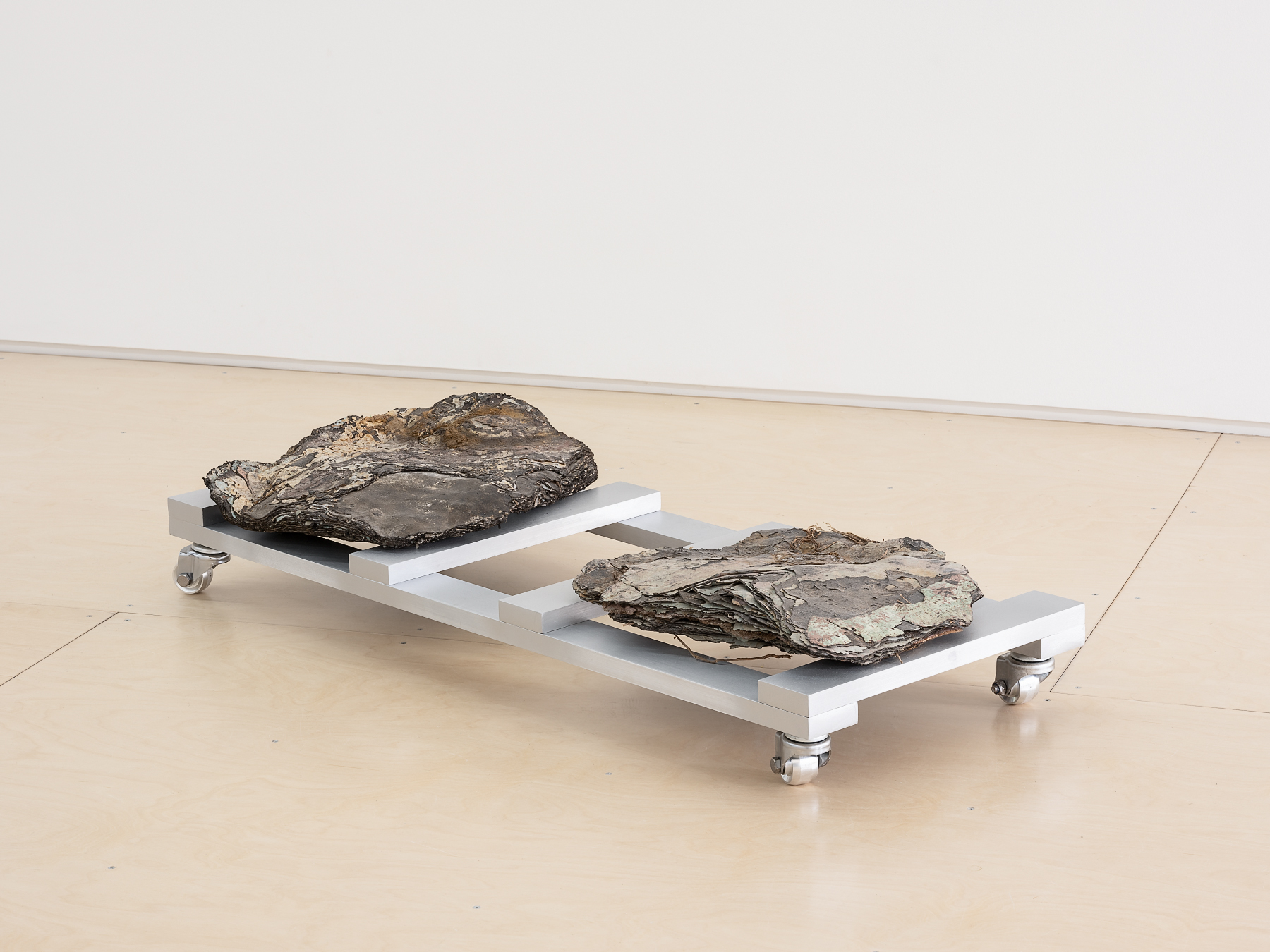
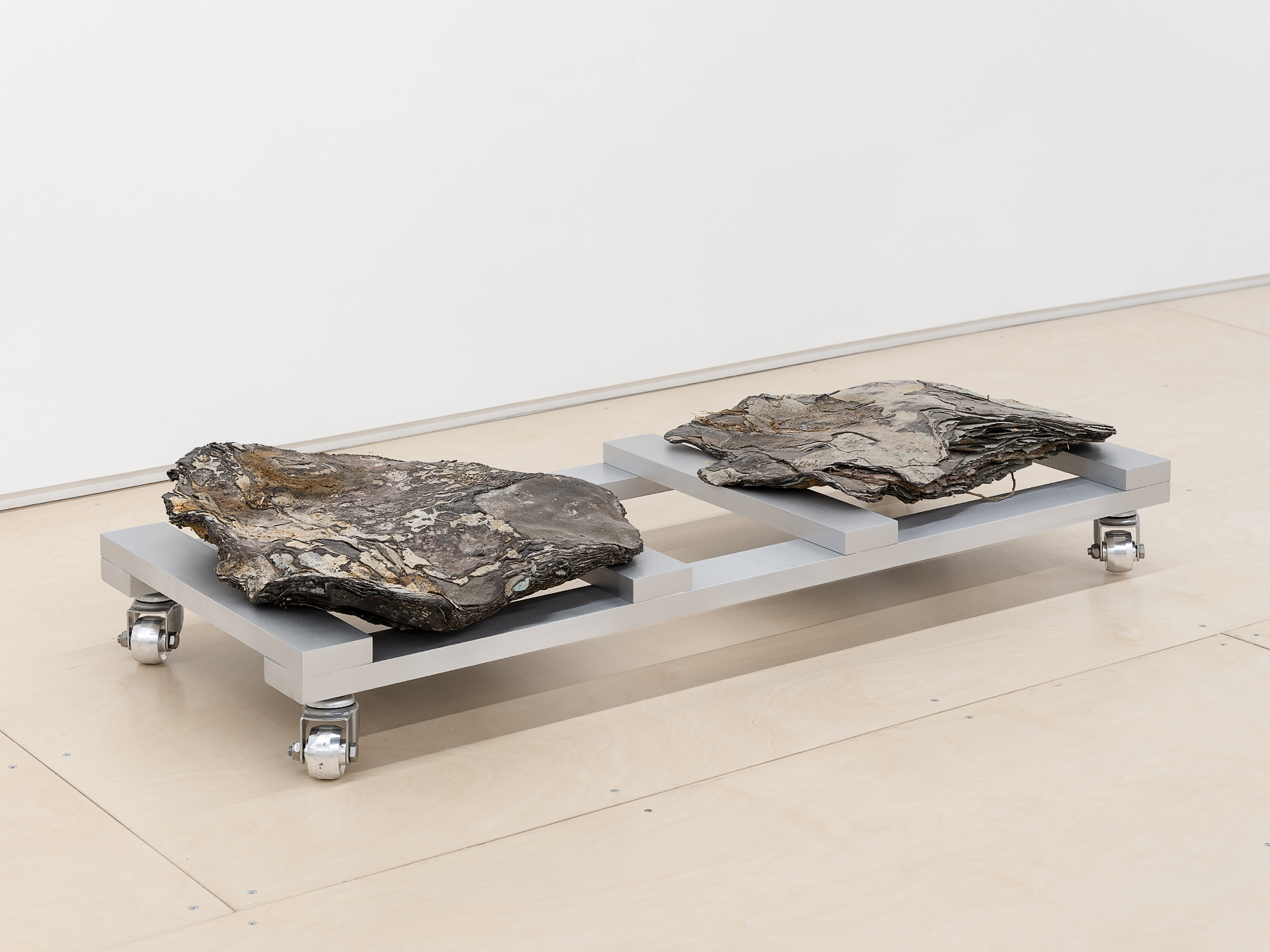
Salvaged green marble, sandblasted aluminum, plywood
2023

Salvaged onyx, sandblasted aluminum, plywood
2023
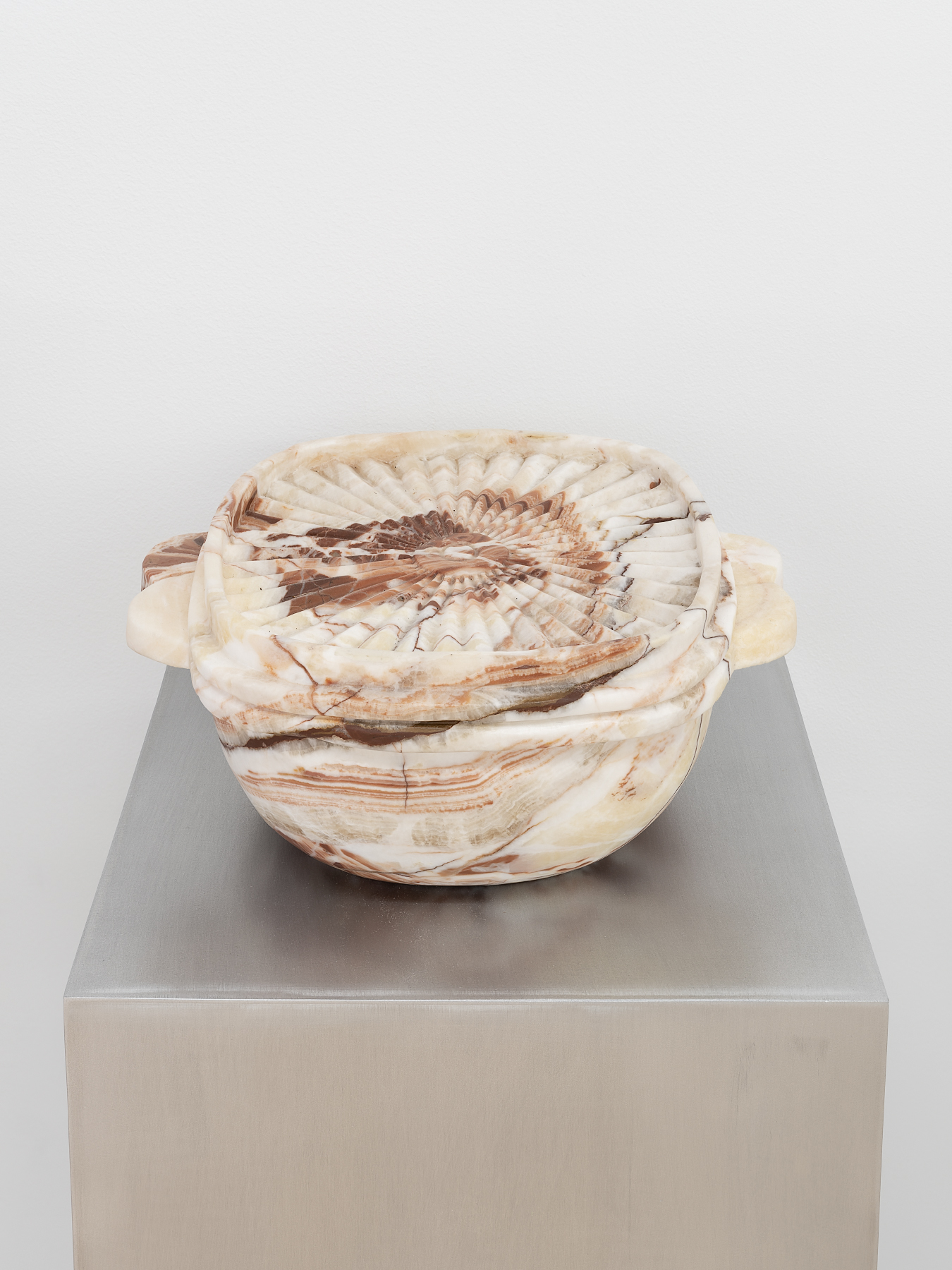
Salvaged yellow onyx, sandblasted aluminum, plywood
2023
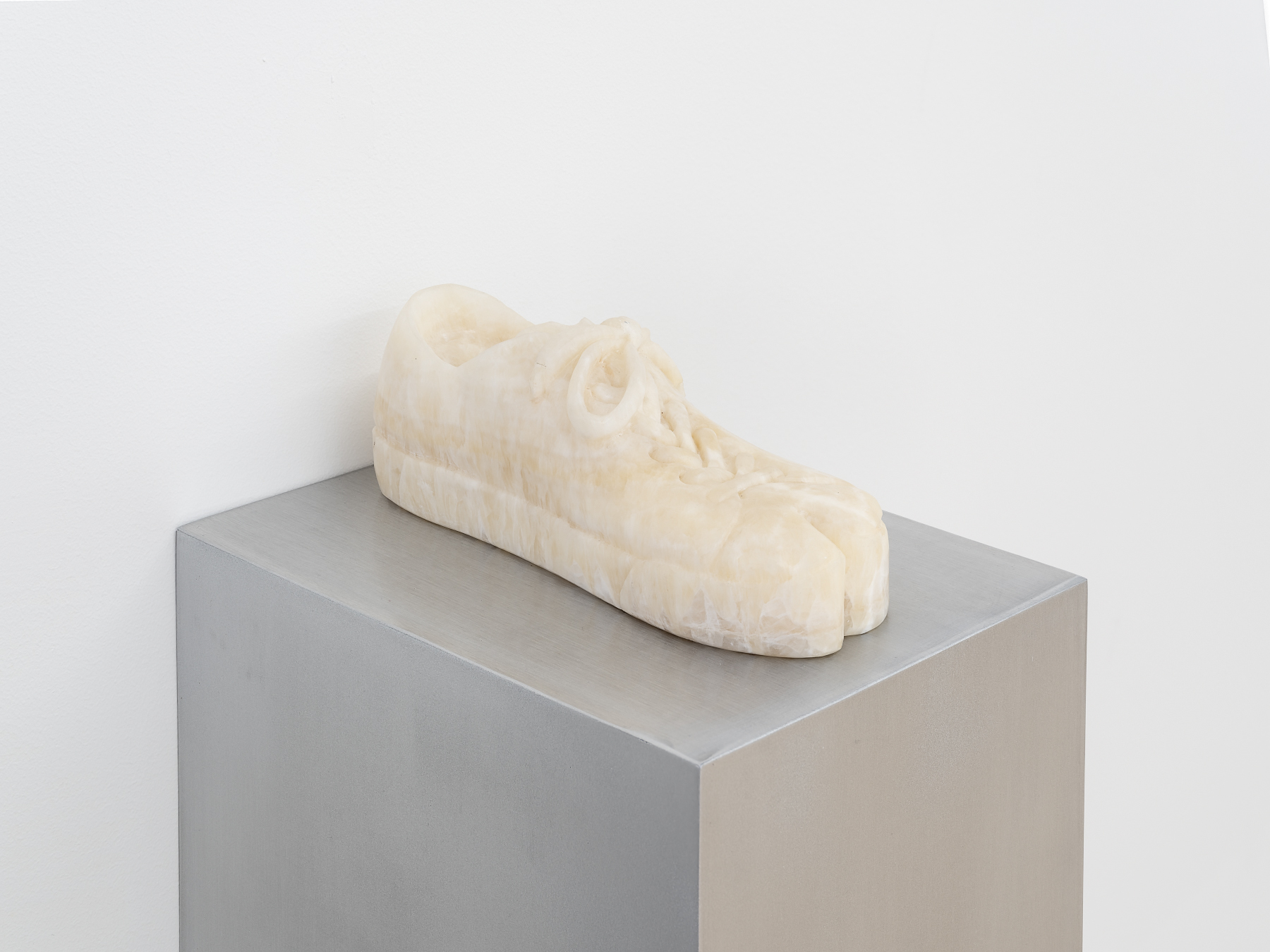
Salvaged yellow onyx, sandblasted aluminum, plywood
2023
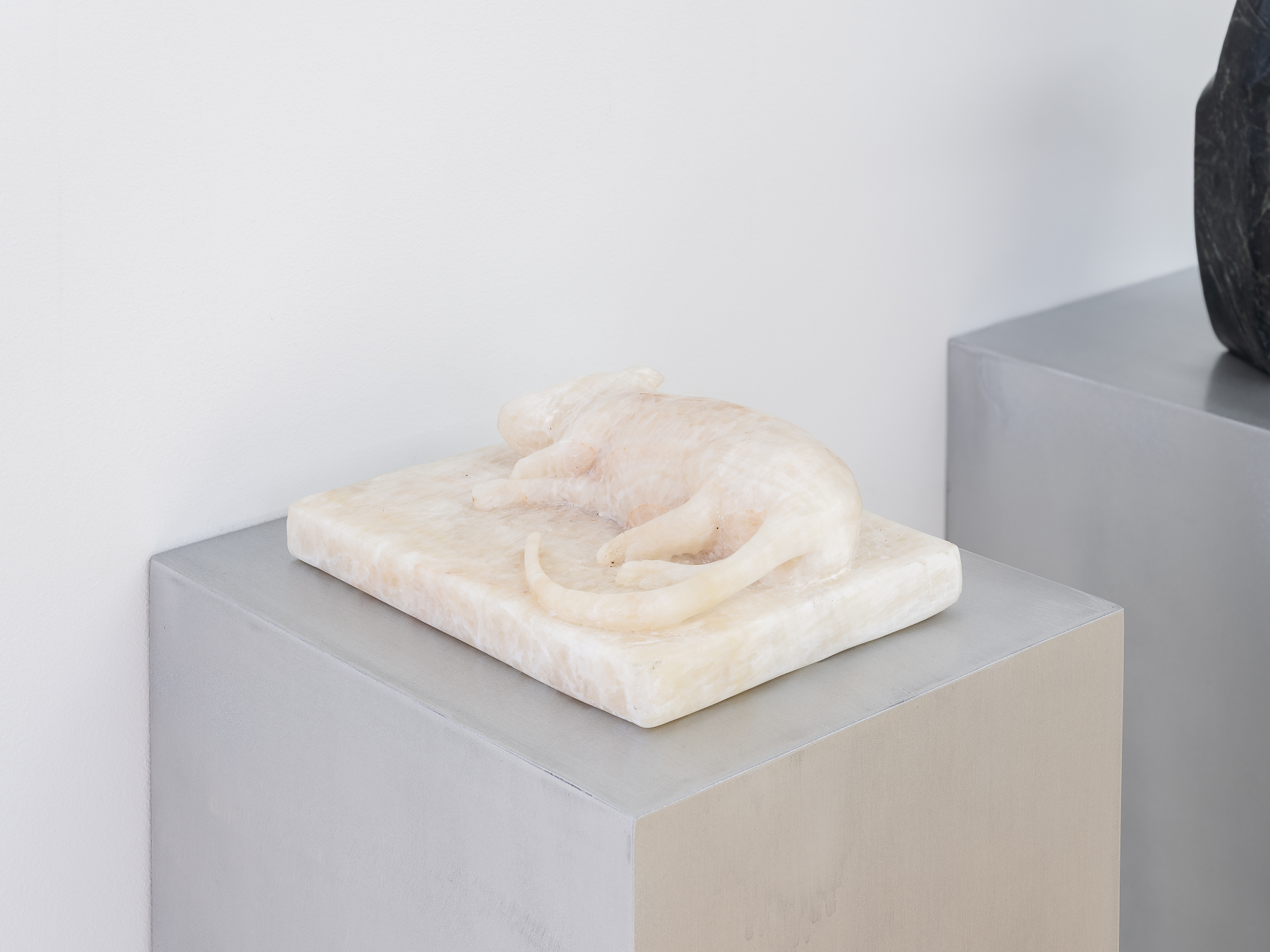
Salvaged green onyx, sandblasted aluminum, plywood
2023
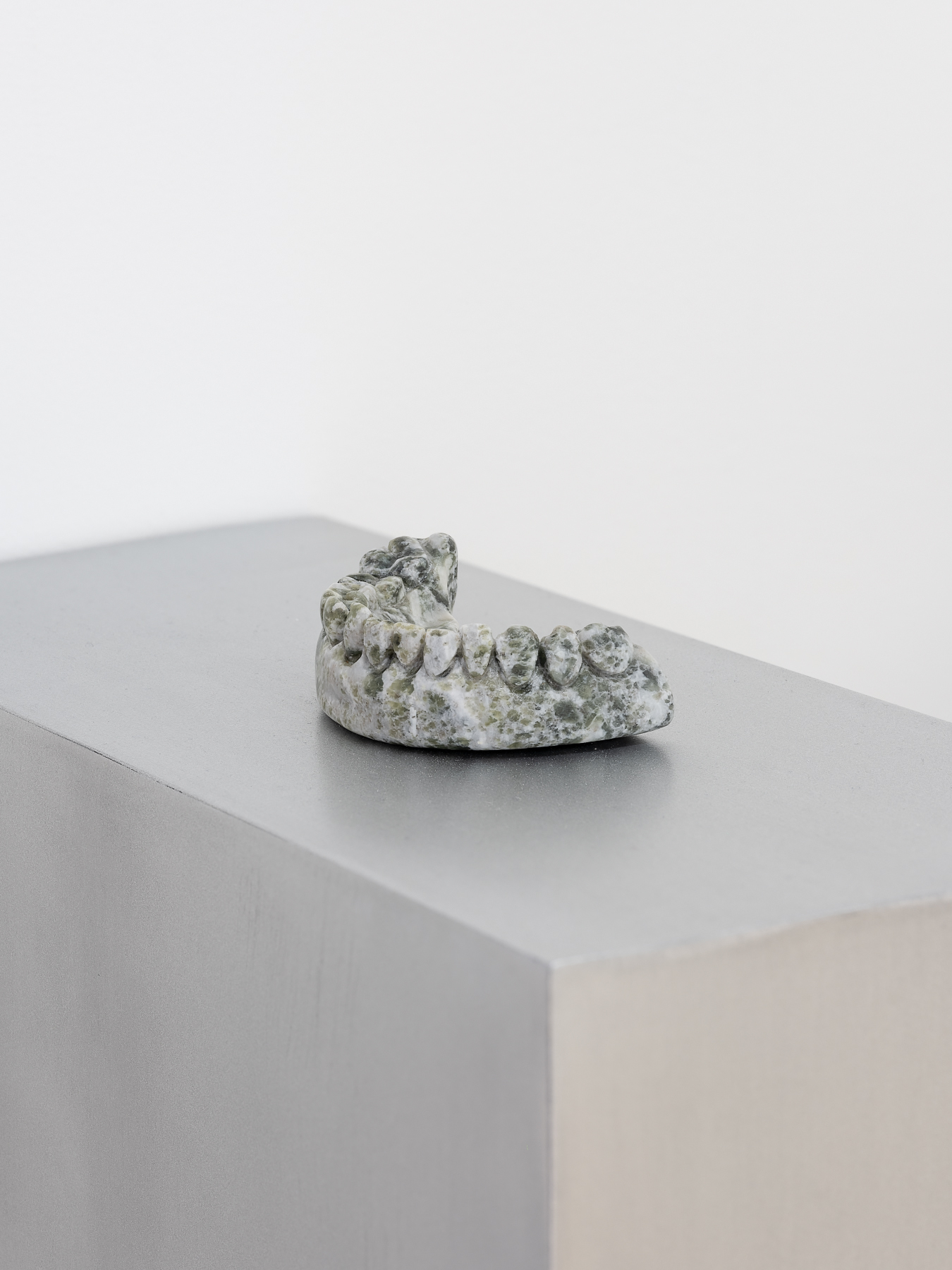
Salvaged green onyx and white Italian marble, sandblasted aluminum, plywood
2023
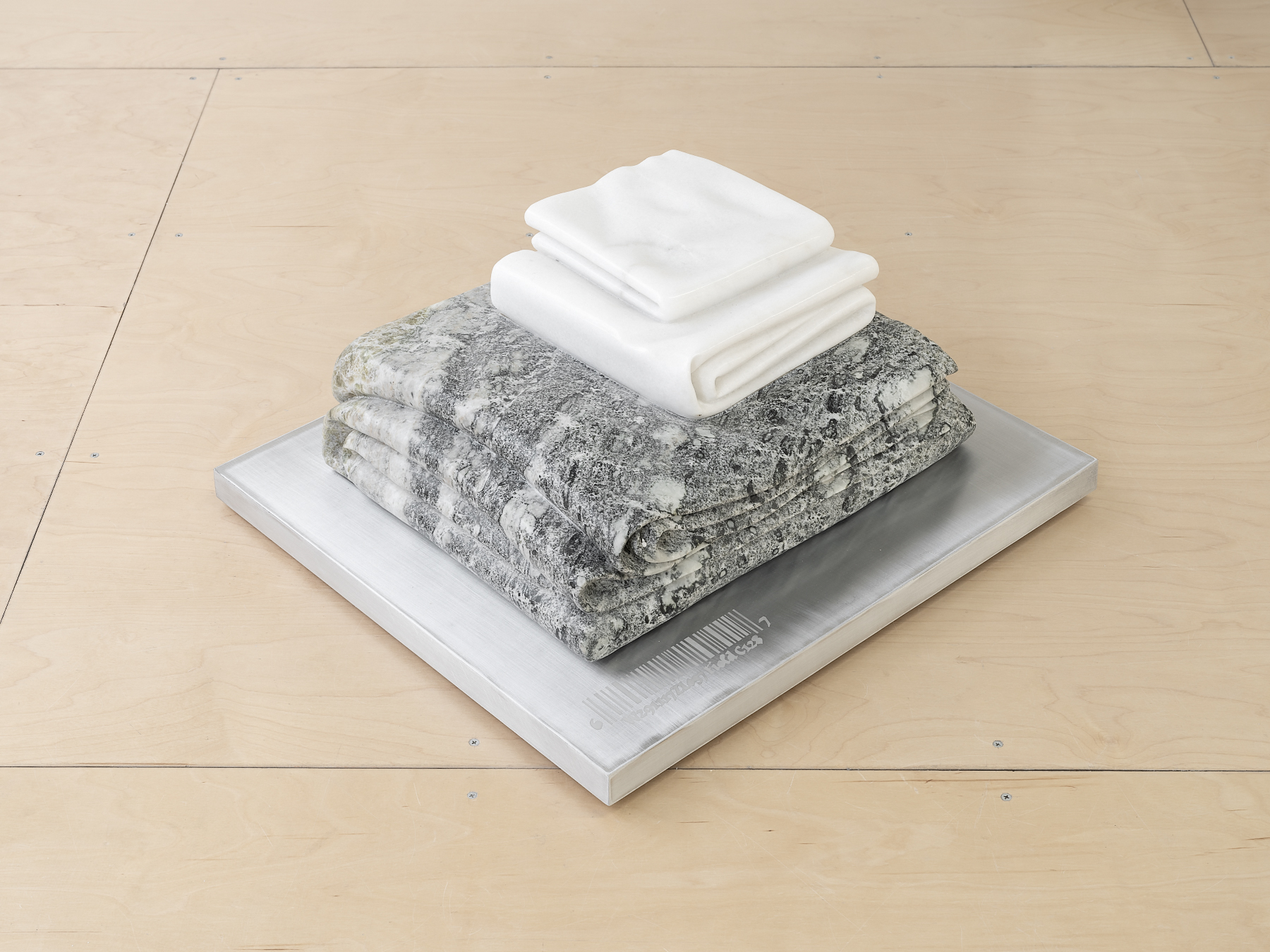
Salvaged onyx, sandblasted aluminum, plywood
2023
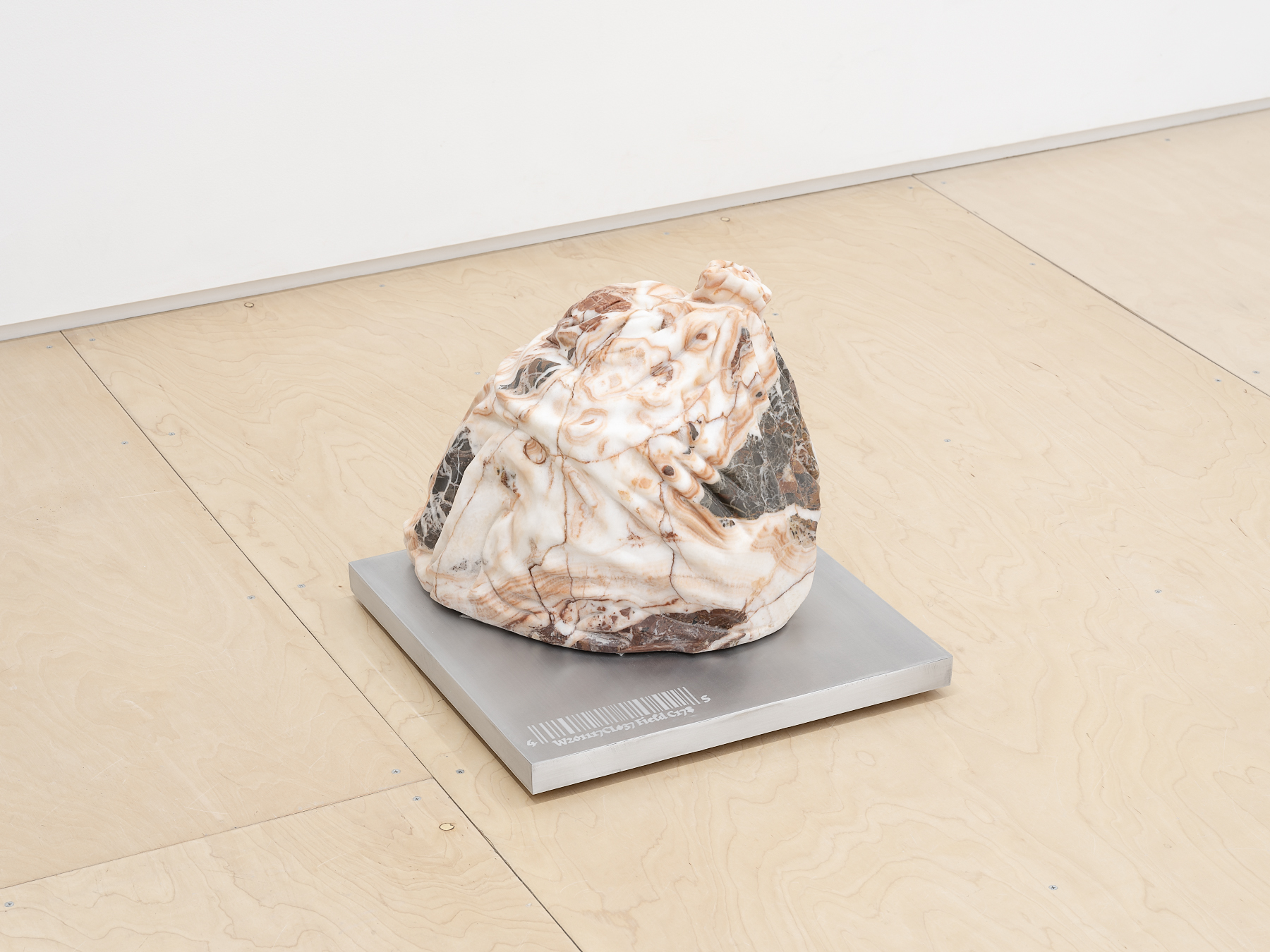
17 Feb–8 Apr 2023
Shelf Life
Catherine Telford Keogh
When it comes to real estate, everyone is an amateur geologist. When they’re fantasy-scrolling Zillow or binging reality TV, someone who wouldn’t otherwise think twice about the difference between metamorphic and igneous rock is happy to dig into the finer points of marble versus granite for floors or countertops. Here stone is much more than a mere building material; it’s a key cultural signifier, invoking an aspirational pedigree and potently embodying a certain idea of luxury. But this shimmering symbol is also the product of two vast, intersecting processes: one geological and the other economic. The tiles laid down in a hotel ballroom or a suburban bathroom today began their existence as marine organisms living hundreds of millions of years ago. Shells and skeletal fragments from these creatures were gradually cemented into beds of limestone, which were in turn slowly transformed into marble by the unimaginable pressures and temperatures deep within the earth’s crust before being thrust back to the surface by cycles of tectonic activity stretching across millions of years. Once accessible to quarrying, such deposits became the foundation of a multi-billion-dollar industry. It is now not uncommon for stone to be excavated, processed, and installed on three different continents, circulating through a global supply chain that links everything from multi-national construction firms to big box home-improvement chains. Catherine Telford Keogh has taken this vast network of entanglements as the point of departure for her latest show at Helena Anrather, transforming the gallery into topographical taxonomy of stone—mapping the many guises it takes in the material culture of daily life—that is simultaneously an archaeology of extractive capitalism and a stratigraphy of consumer culture.
After entering the gallery, visitors traverse three expansive floor works assembled from panels of richly patterned onyx. Quarried in Pakistan, this stone was shipped to a distributor in the Bronx before being sold for use in various construction projects in the Tri-State area, among them a new Best Western. Leftovers recirculated in a thriving DIY trade; Telford Keogh purchased these on Facebook marketplace. The artist has overlaid the painterly abstraction of the assembled panels—swirling bands of delicately variegated chartreuse; strikingly contrasted striations of deep green and crimson—with a layer of text and image that plays on the underlying symbolism of the material. Ranging from luxury brand logos and screen captures of online retailers to facsimiles of lottery tickets and paper currency, these superimpositions are applied to the stone using an image transfer technique that combines sandblasting with stenciling. The artist’s process thus echoes and accelerates geological change; sandblasting simulates erosion that typically occurs outside of a human time scale. Simultaneously, Telford Keogh nods to the ancient association of stone with monuments and memorialization; the technique was initially developed for decorating gravestones, and the artist herself discovered it during a visit to Greenwood Cemetery.
Juxtaposed with these meditations on acceleration and commemoration are figures of arrested time: resting on top of the onyx panels are replicas of plastic jugs. These containers offer a promise of impenetrability, of a stable enclosure sealed off from environmental change and forever resistant to contamination or decay. Yet ironically their former contents—motor oil, laundry detergent, and drinking water—are all quotidian commodities directly connected to climate change, each in a different way. Telford Keogh chose containers of a similar size, all approximately 5 liters, because they are designed to be the largest size a person can comfortably carry, and as a result the jugs feature elaborately ergonomic forms, with streamlined curves and intricately shaped handles. Rather than present these containers directly as found objects, the artist has rematerialized them in mold-blown glass, colored with minerals that echo the stone matrix they rest on. As with sandblasting stone, the artists’ transformation of minerals into colored glass is analogous to an acceleration of geological process.
Deposited throughout the gallery, between and around the floor works, are a series of specimens collected by the artist. Some are rough-hewn blocks of dark, fossil-studded limestone from upstate New York, recalling the distant era when swaths of North America were at the bottom the ocean. These blocks were used in the construction of a retaining wall on a large agricultural property in the Hudson Valley, which was recently demolished to make way for a new subdivision. Their history thus recalls not only the essential function of stone as a building material, as a primordial tool for dividing and transforming the landscape, but the ever-increasing pace of the transformations driven by speculative development. The other specimens on view are cumbrous hunks of matter washed up in Brooklyn’s Dead Horse Bay. Looking for all the world like fragments of petrified remains or samples of exotic minerals, with scaly surfaces and densely striated layers, these are actually compressed urban waste dating from the early 20th century when the area was used as a landfill. Although the landfill was capped in the 1950s, these chunks of material were recently disgorged by increasing erosion and shifting weather patterns caused by climate change. They are vivid illustrations of what the geoscientist Jan Zalaseiwicz has theorized as “technofossils,” human waste products that will last millions of years into the future, creating a geological record of our existence akin to the ancient fossil record explored by geologists and paleontologists today. Telford Keogh presents both the limestone blocks and these technofossils on custom-fabricated display apparatus that borrow from the language of both high-end retail and shipping logistics, echoing moving dollies and conveyer belts as much as pedestals and vitrines. In this way she simultaneously evokes the factory, the warehouse, and the boutique, deliriously collapsing the aesthetics of production and consumption.
Telford Keogh’s narrative comes full circle in a series of stone wall pieces hung along the gallery perimeter. Like the floor works, these are made from industrial leftovers, but rather than materials remaindered by a distributor these are a fabricator’s offcuts, primarily from the manufacture of kitchen counters and retail signage and display. Using CNC waterjet cutting, the artist has painstakingly assembled these fragments—a nail-salon sign, cutout of massive sink—into interwoven panels that recall the ancient decorative crafts of mosaic or pietra dura while evincing a precision only possible with digital modeling and robotic assembly. Inlaid into these panels are samples of luxury cosmetics, the odd colors and shapes of their glass and plastic bottles offering an uncanny echo of the fossils already embedded in many of the stone slabs. Like all the objects in the show, these panels are at once fiercely animated and profoundly unstable. Each piece exists in many modes at once: biological and mineral, natural and artificial, fossilized and fabricated. Telford Keogh’s work obviates stable epistemological and ontological categories, not through philosophical argument but through sheer accumulation, crushing them beneath a thick sedimentation of meaning and association. Above all, the artist asks us to rethink our relationship to time itself. If capitalism, with its emphasis on the new and the now, encourages us to exist in an eternal present, the rhetoric of many of its critics, emphasizing crisis and emergency, similarly promotes a suspension of time, characterizing the present as a state of exception outside of the normal unfolding of natural processes. Telford Keogh reminds us that time, too, is made up of many overlapping layers; our bodies exist in deep time, and ancient matter animates the Anthropocene just has human activity has already reshaped the earth for eons to come.
Catherine Telford Keogh (b. 1986, Toronto, ON) lives and works in New York. Her work is concerned with fantasies and promises embedded in objects that breakdown through an amalgam of material relations and biological processes. Solo exhibitions include Circuit Trouble at Erin Stump Projects (Toronto); Nervous System at Helena Anrather (New York City); Dental Dam at University of Waterloo Art Gallery (Waterloo, ON); and FLAT FOOD, Roberta Pelan (Toronto). Her work has been included in group exhibitions at Galeria Fidelidade Arte, Lisbon; Canadian Cultural Centre, Paris; Bronx Museum, New York; Galerie Antoine Ertaskiran, Montreal; Seattle Art Museum, Washington; Thkio Ppalies, Cyprus; and Interstate, New York among others. She is an artist-in-residence at the Pelling Laboratory for Augmented Biology at the University of Ottawa where she is currently examining the biodegradation of petrochemical products.
Catherine would like to extend a special thanks to her assistants Shay Salehi and Ryan Van Der Hout, Jon at JAR Waterjet & Fabrication, Mike McCaine at Lamp Light Glass Art at The Greenbrier, MDSG Studio, Kristin Walsh, Gregory Kalliche, Carol Saucedo Lomelí, Ryan Wolfe, and Julian Rose. This project was made possible with support from the Canada Council for the Arts.
Images by Sebastian Bach.